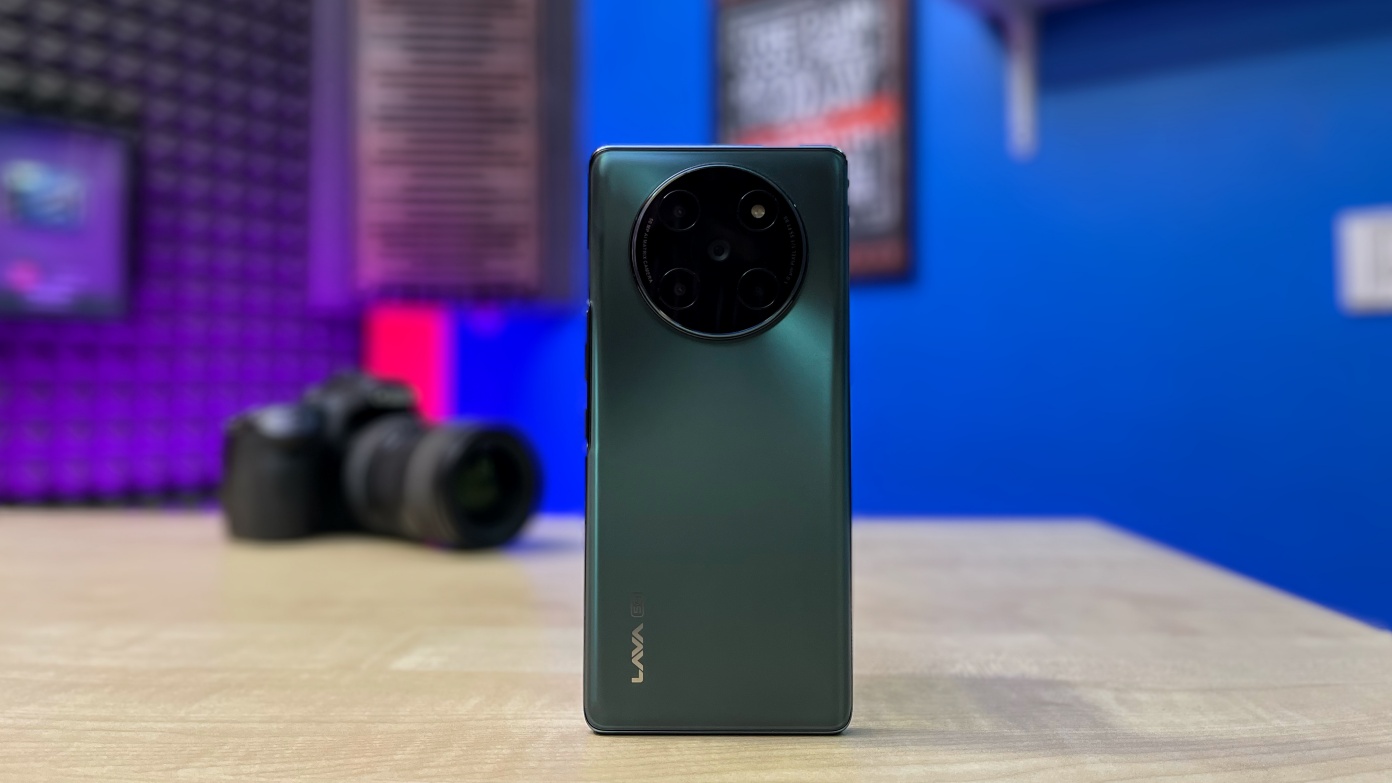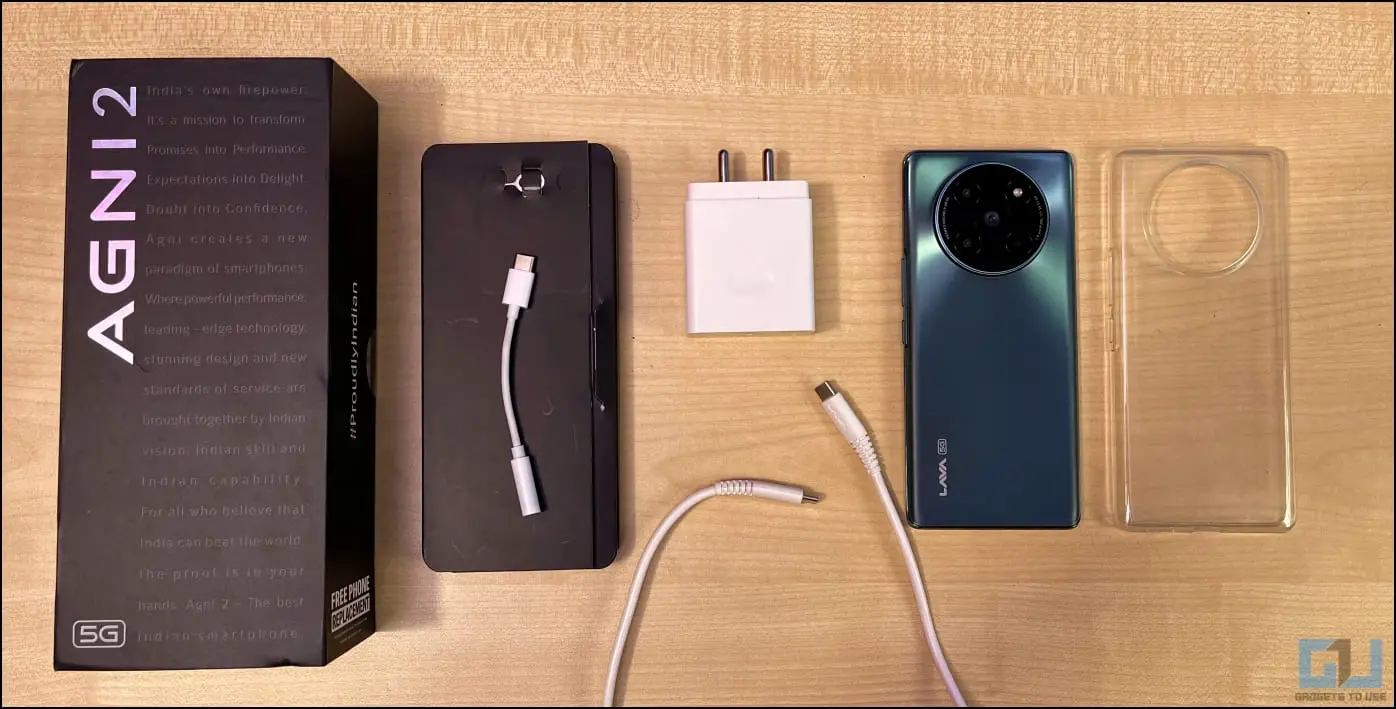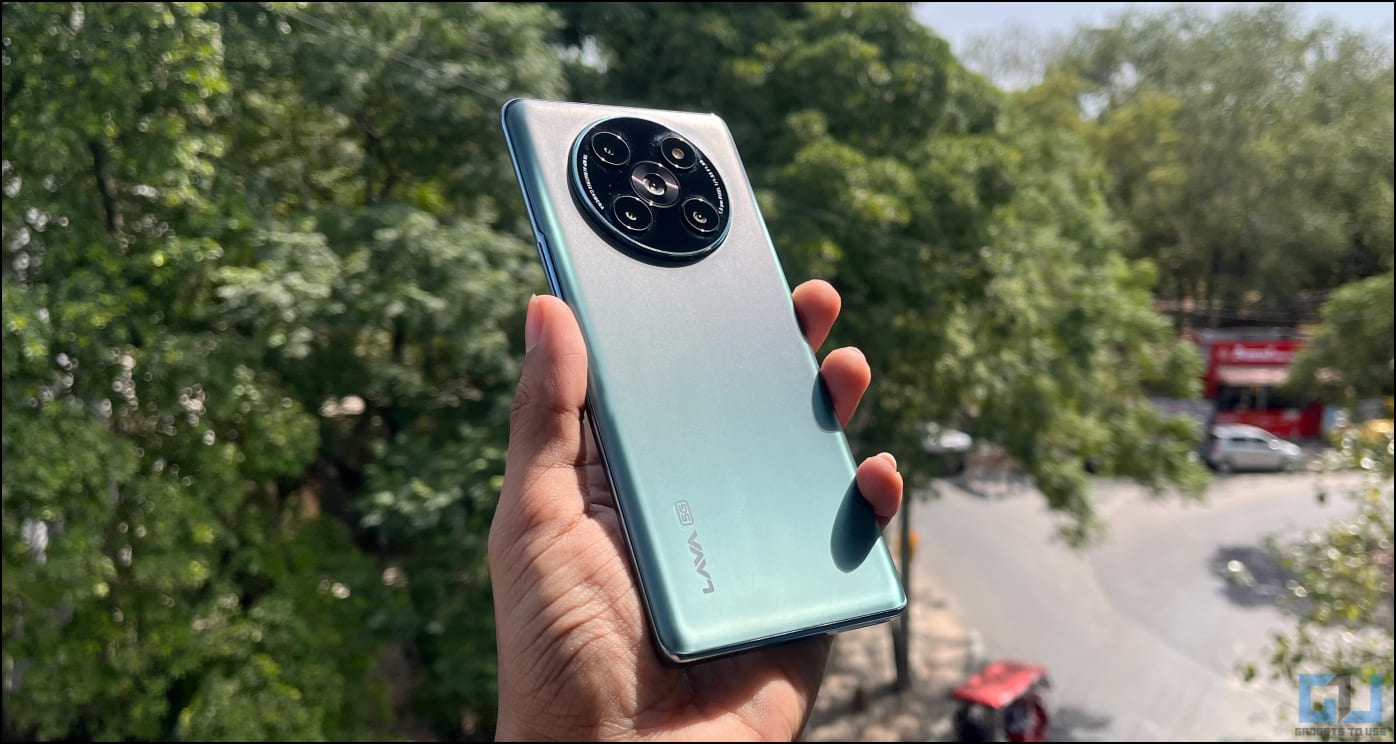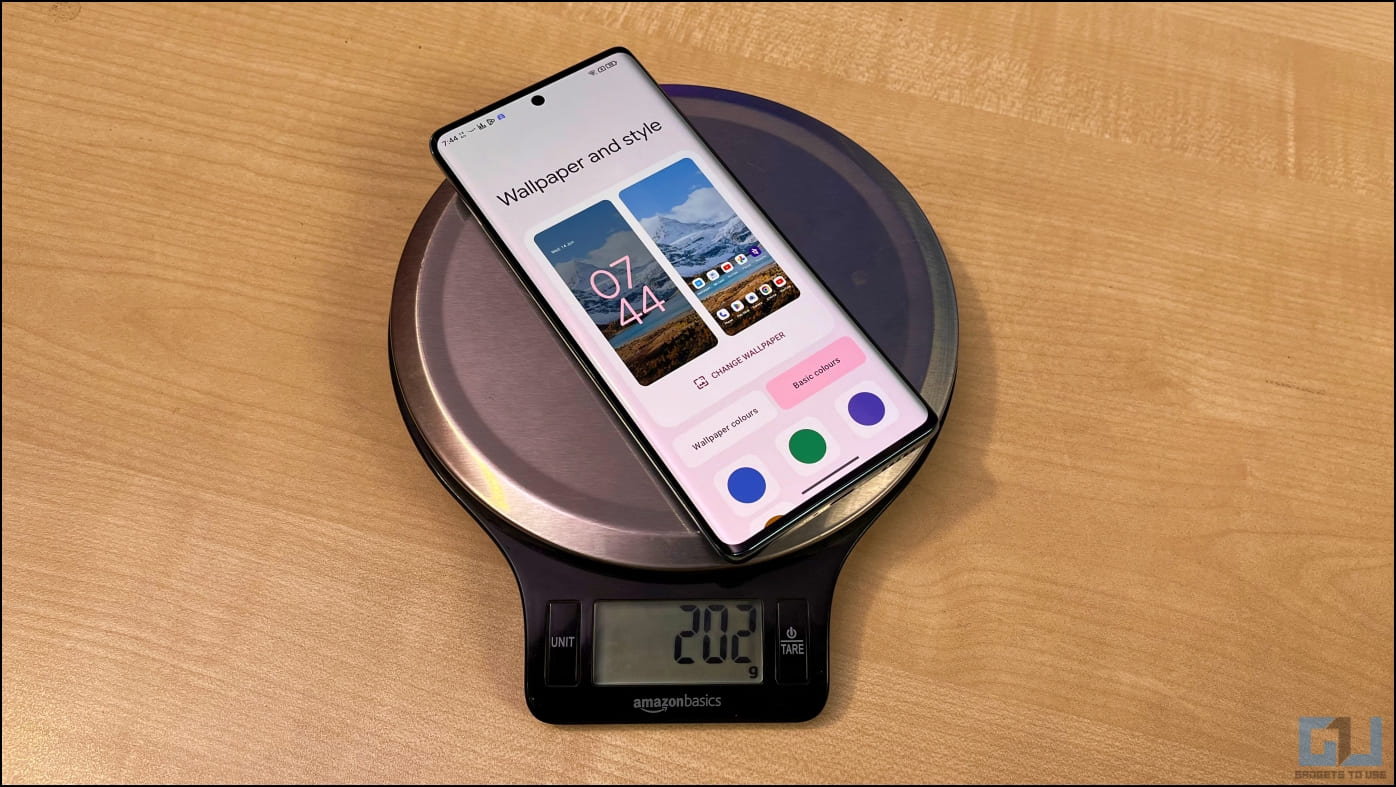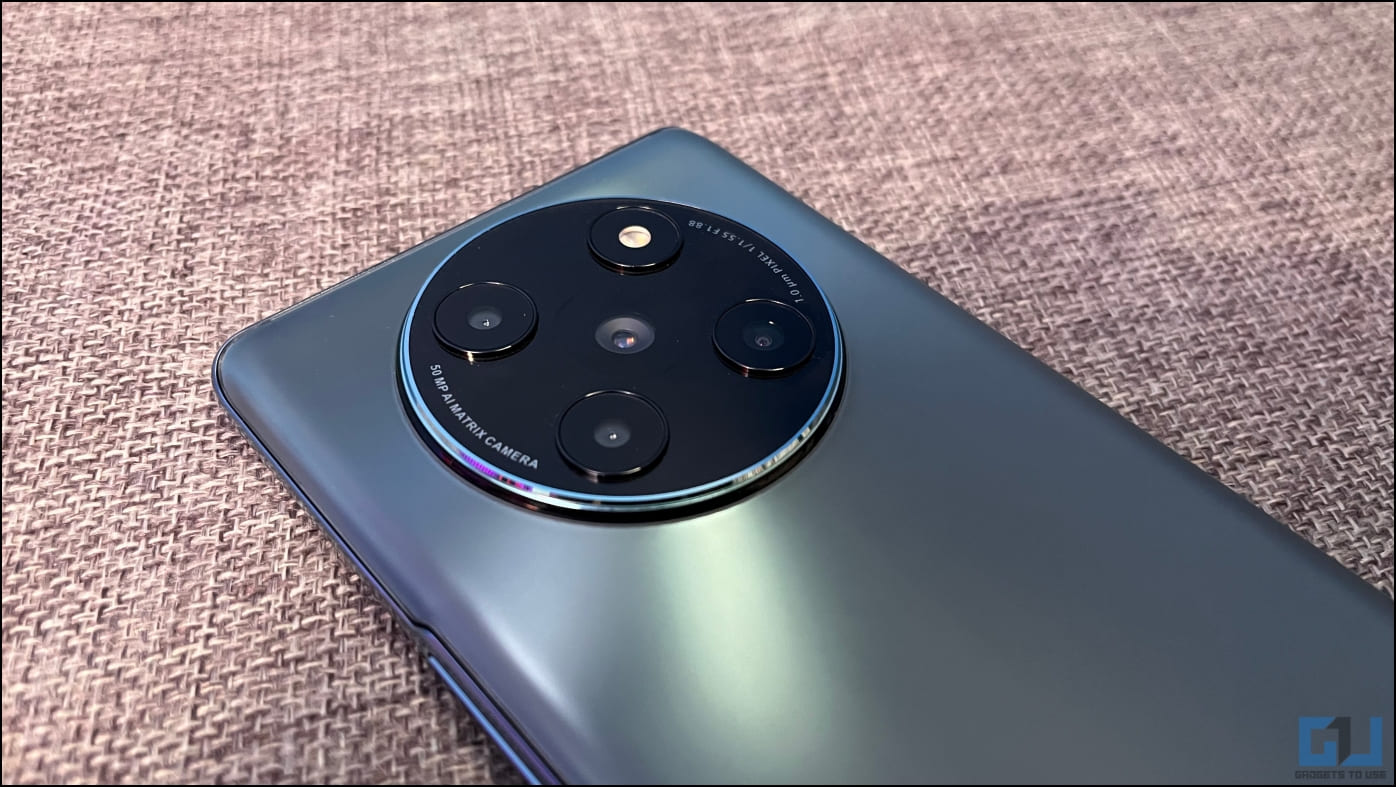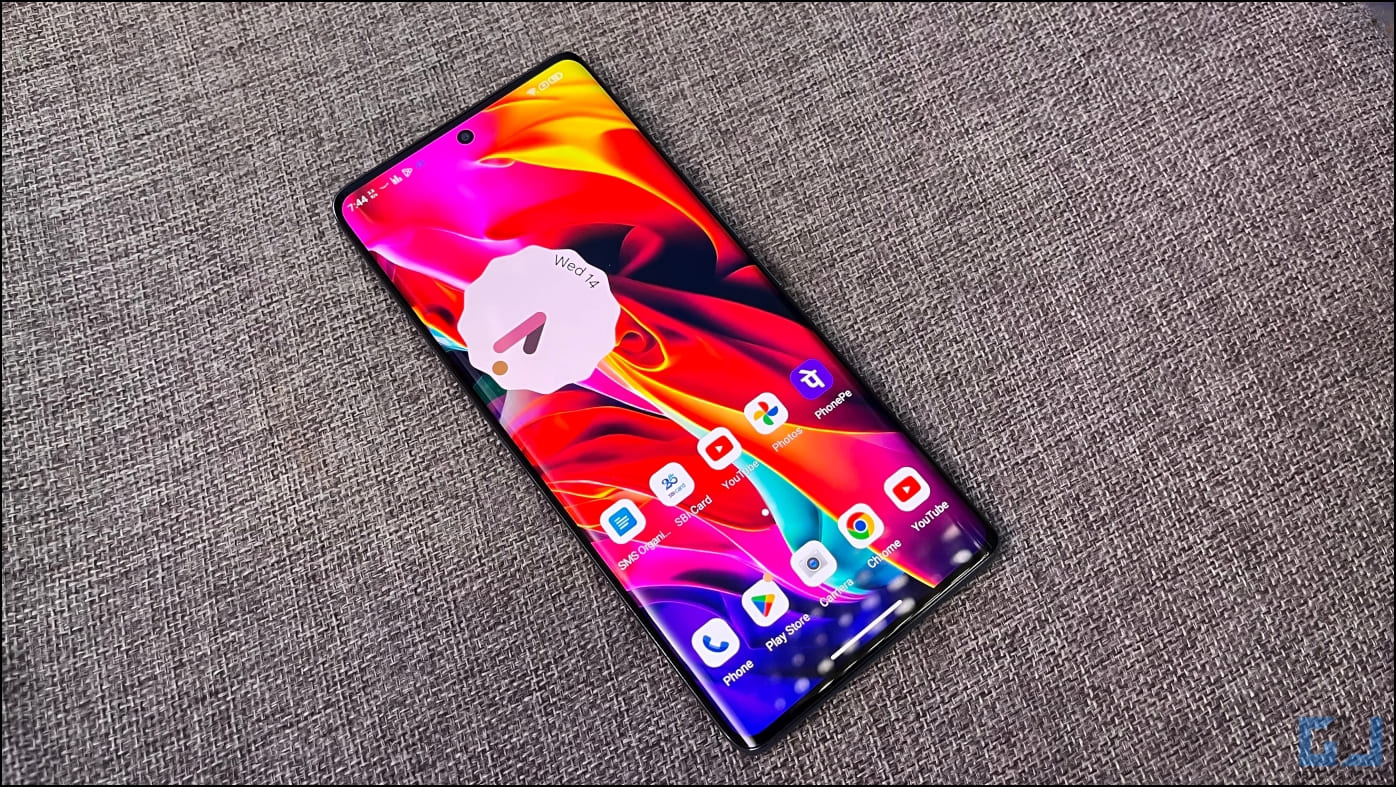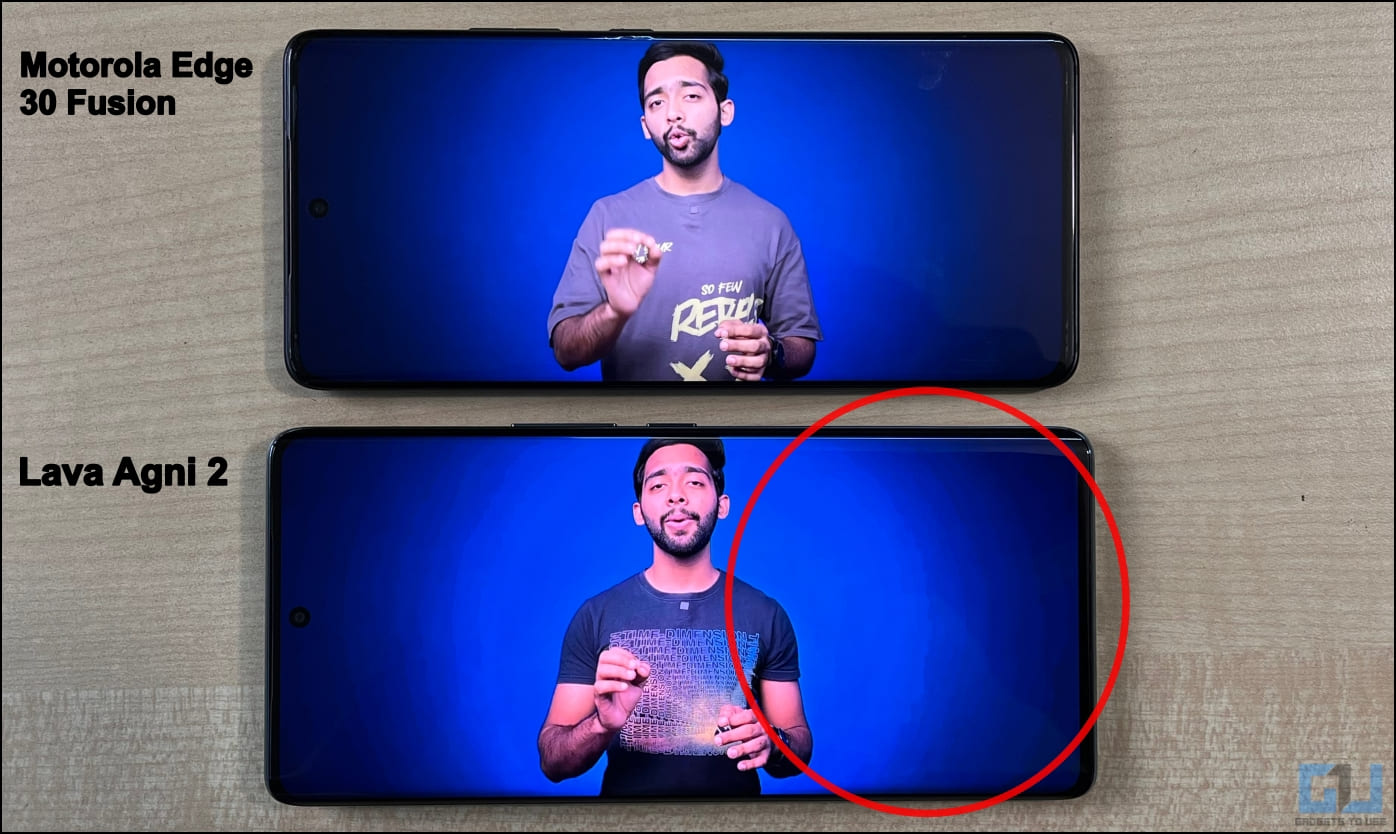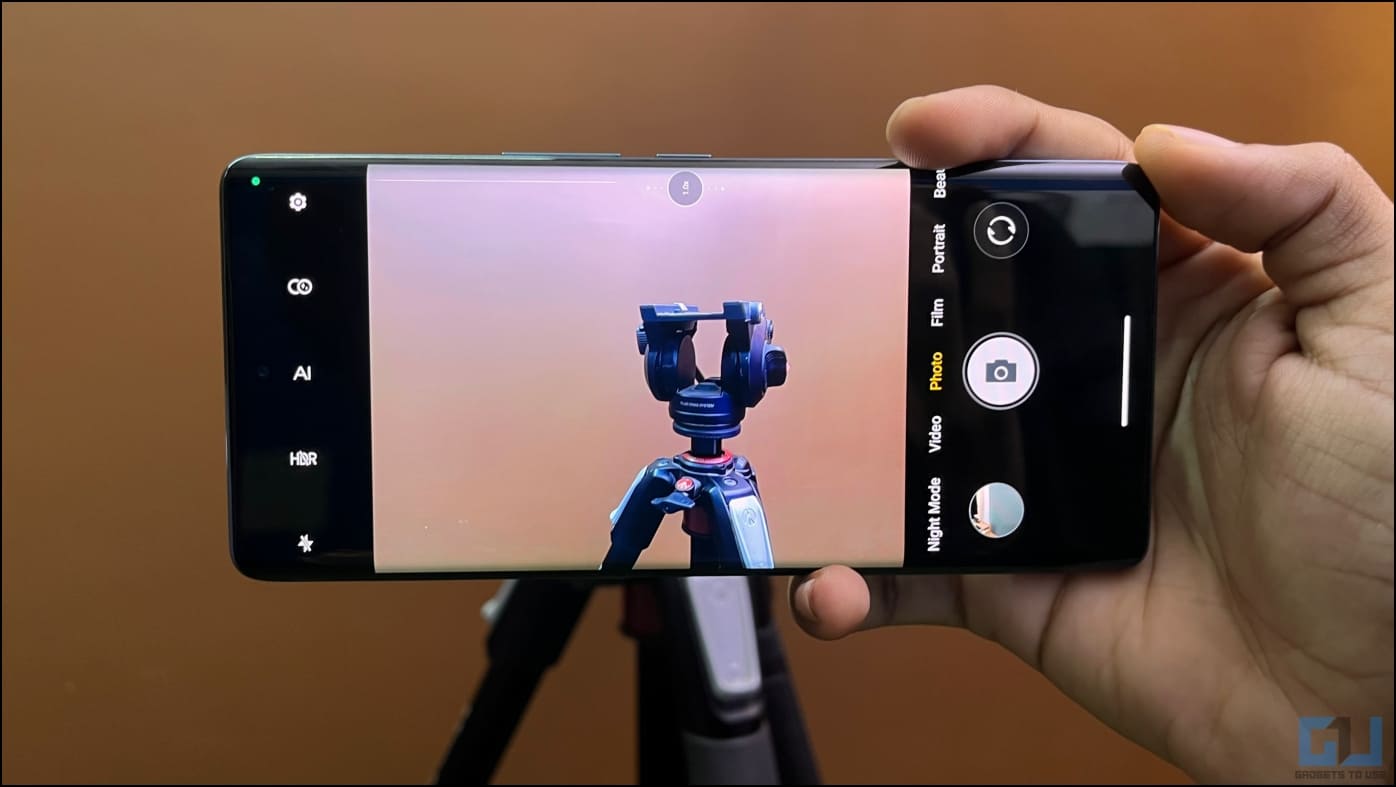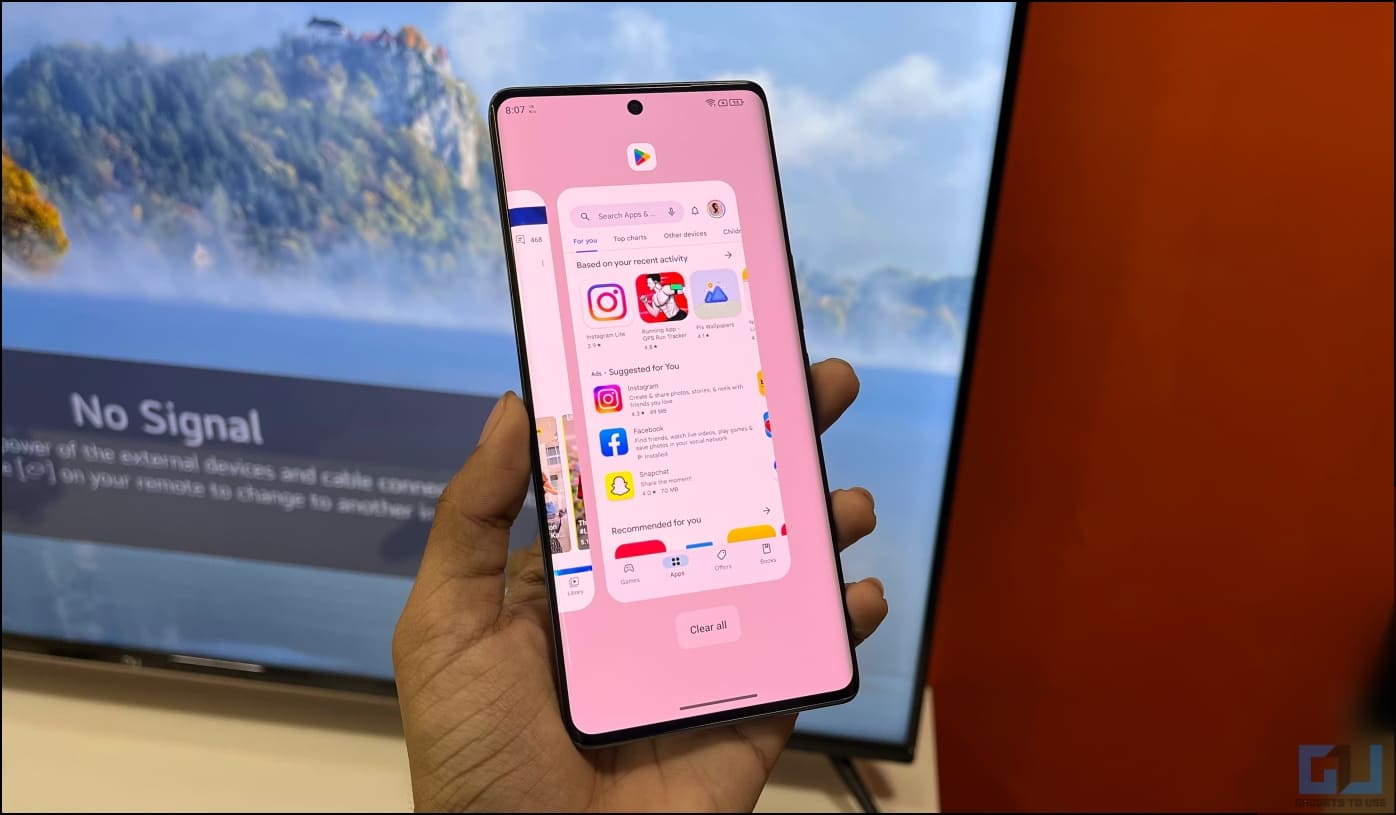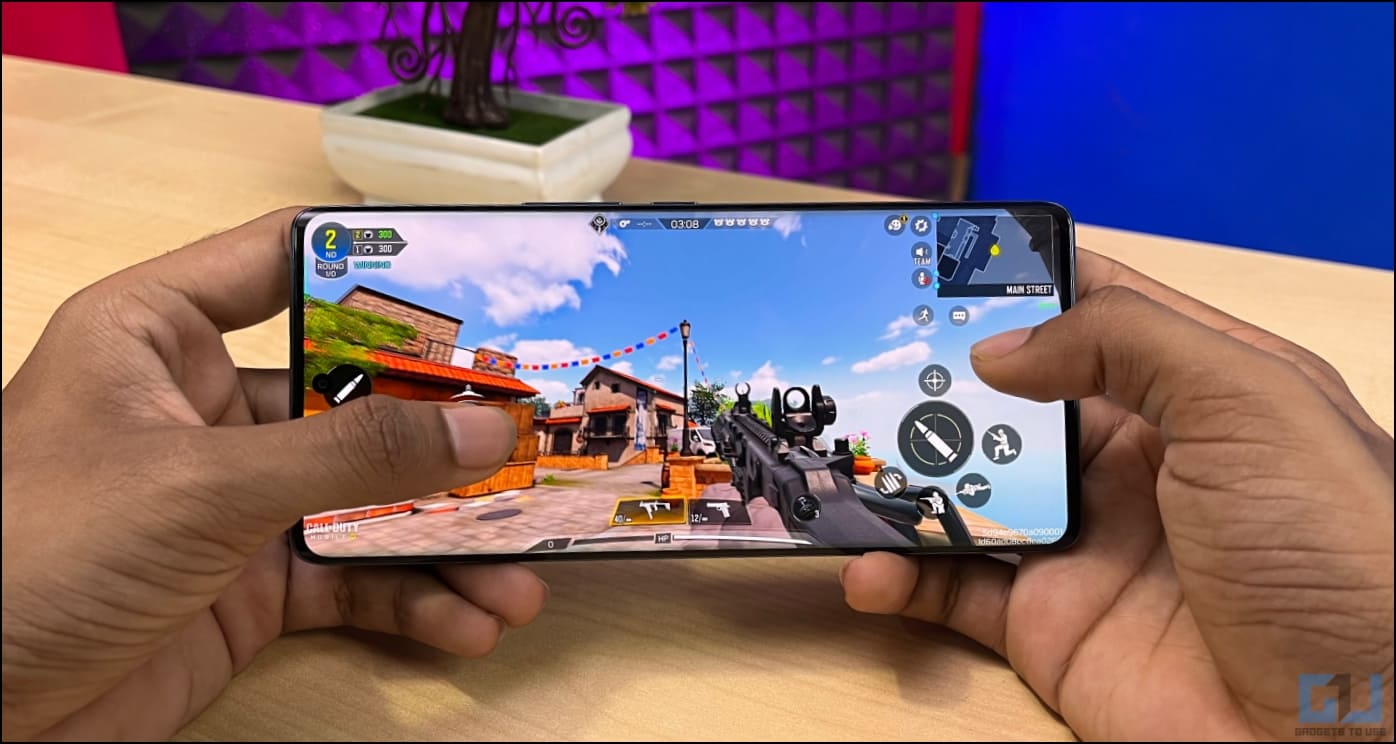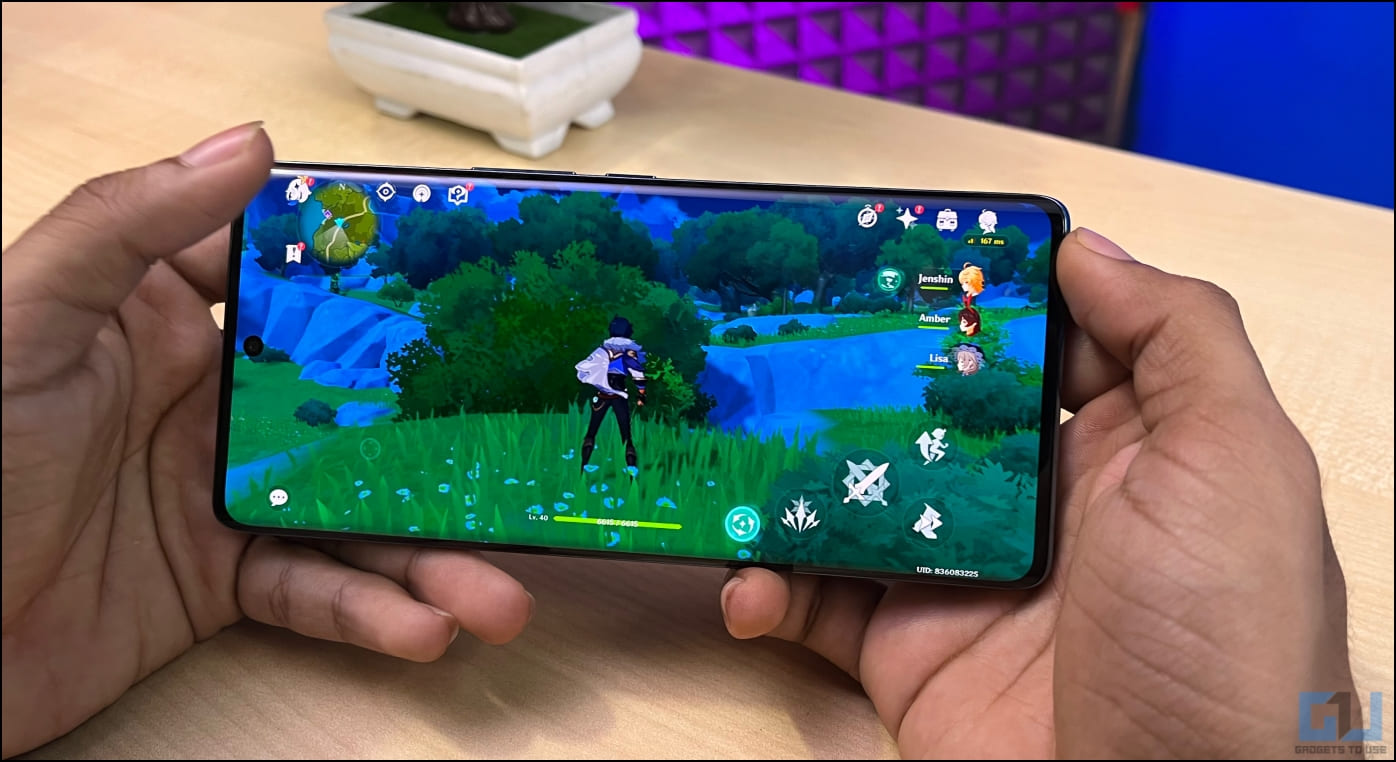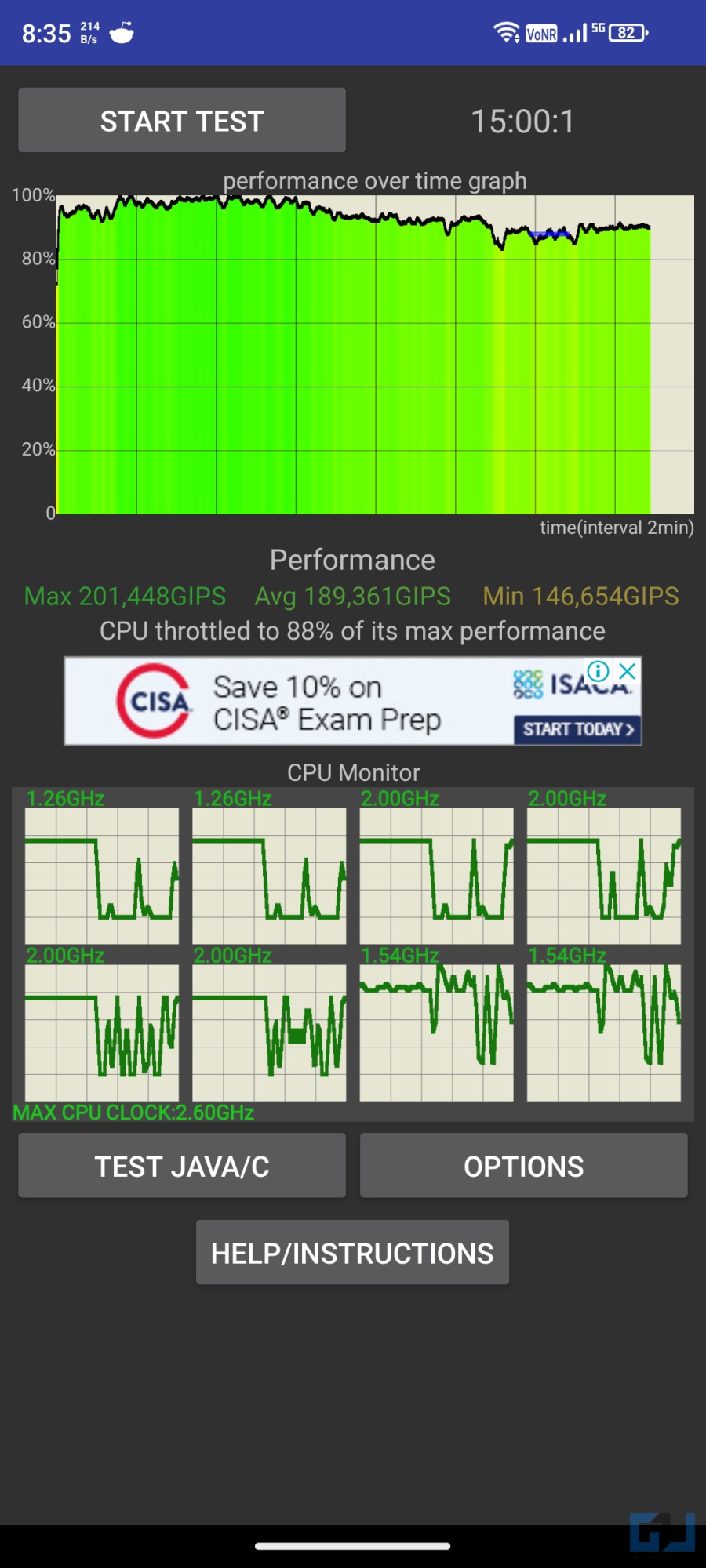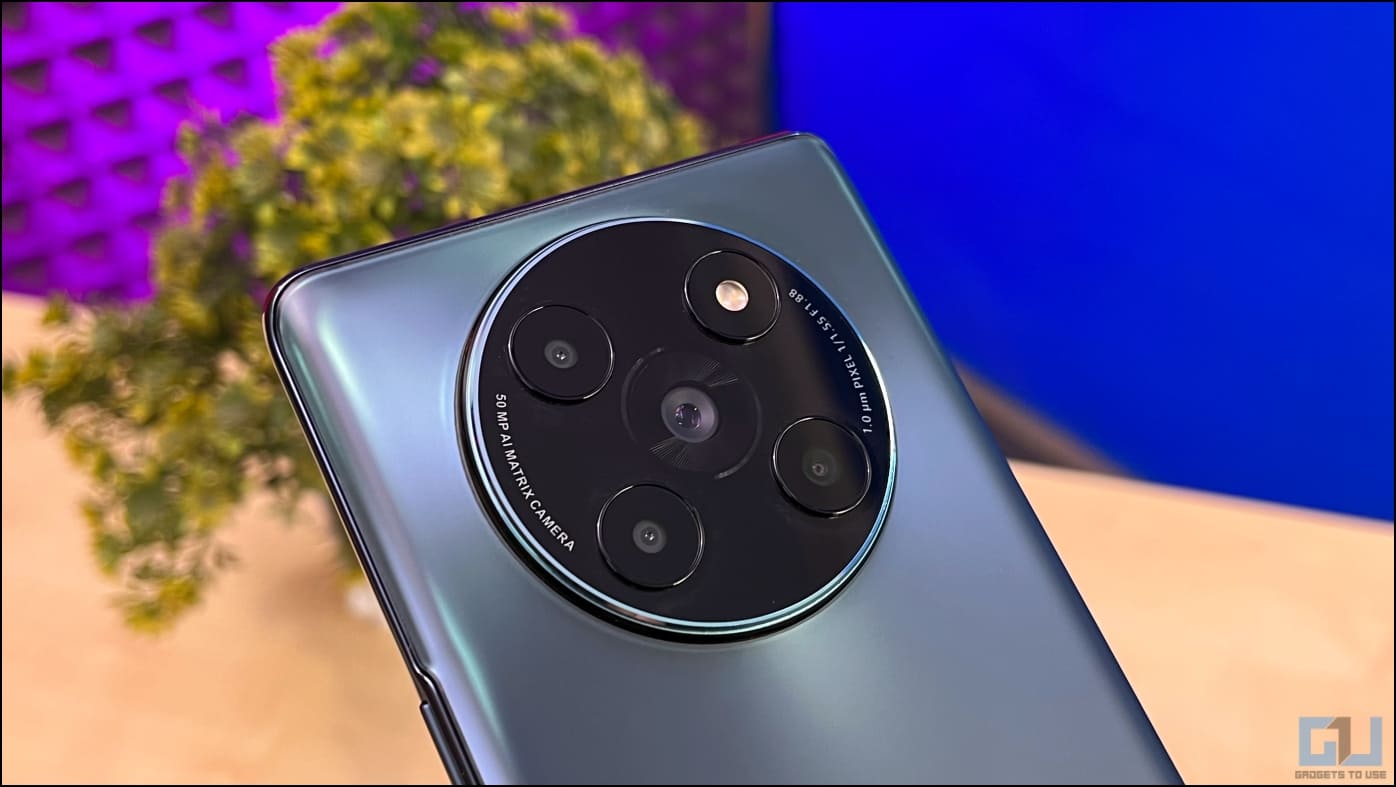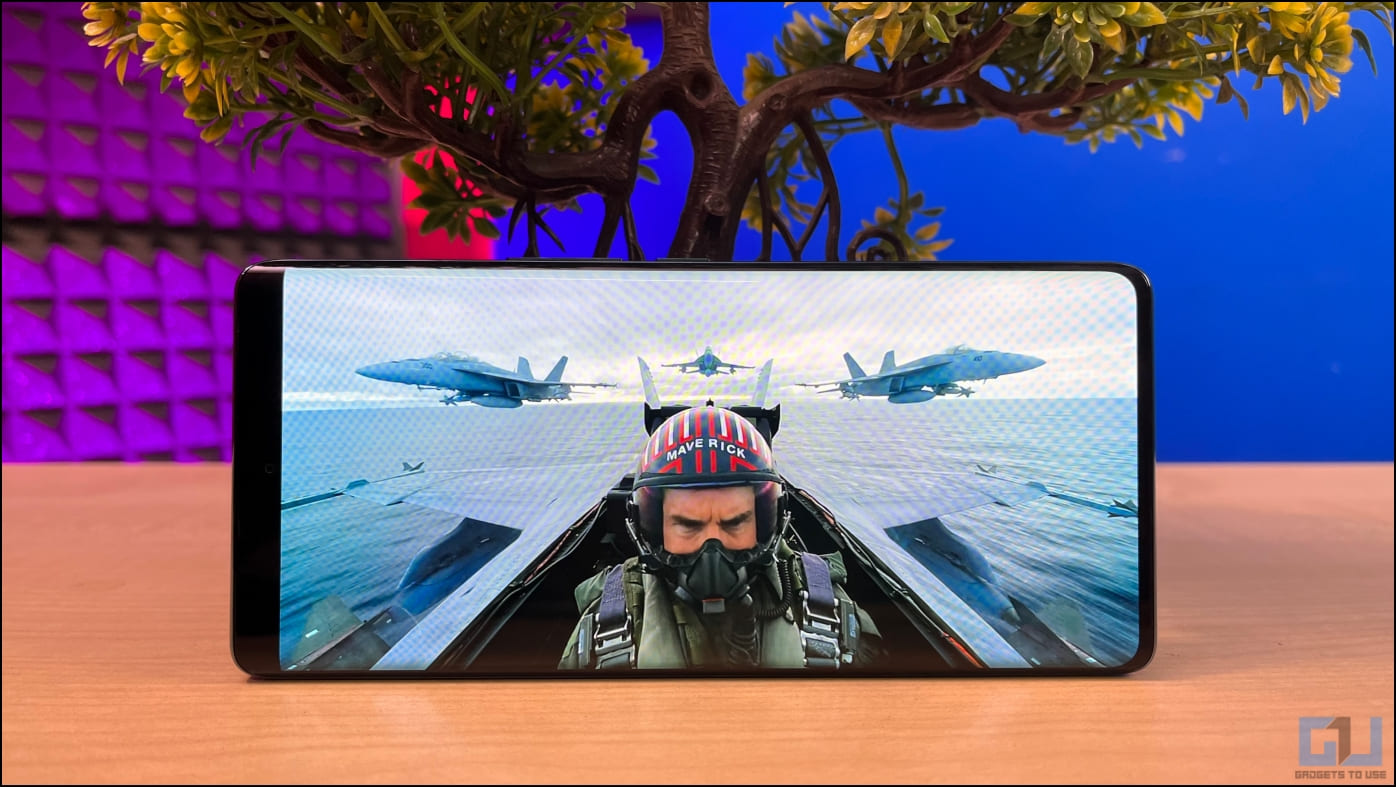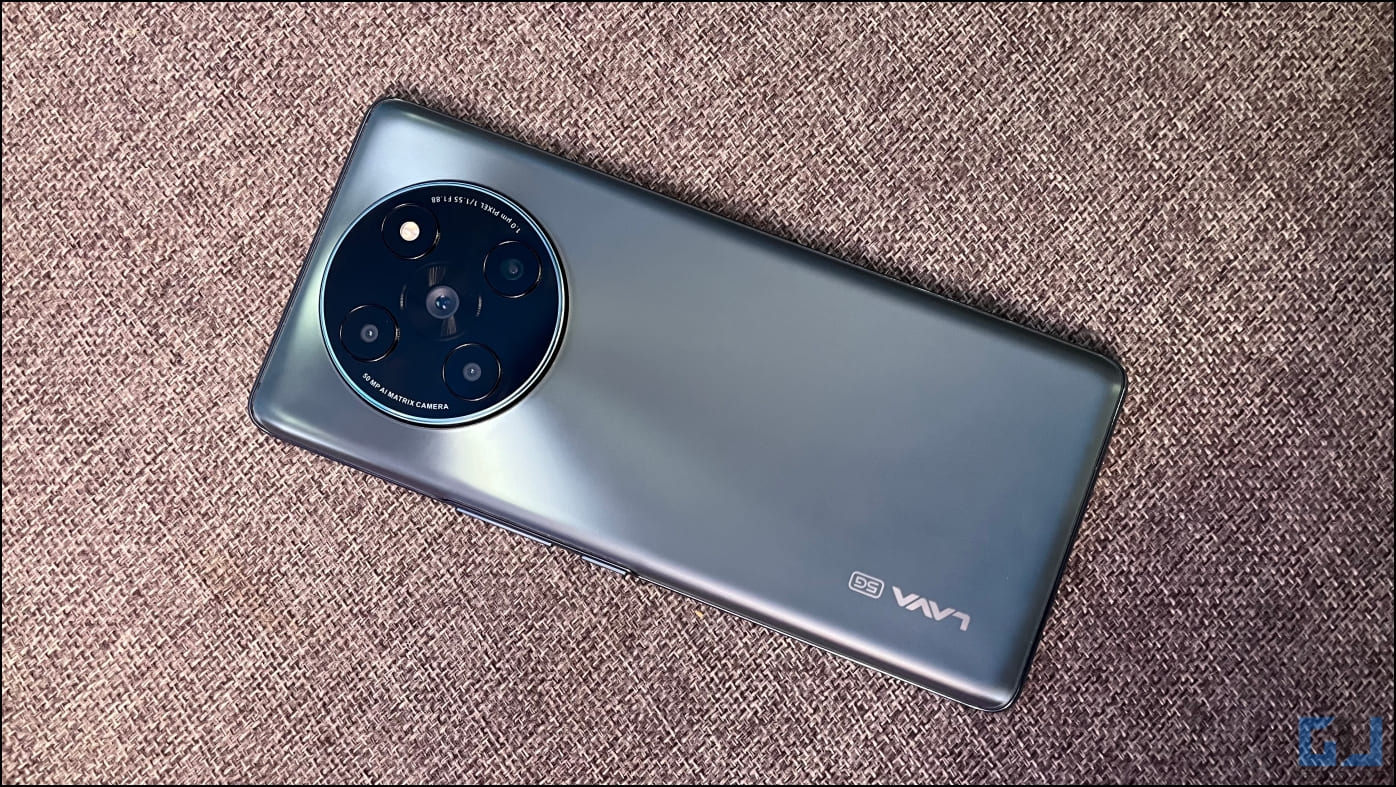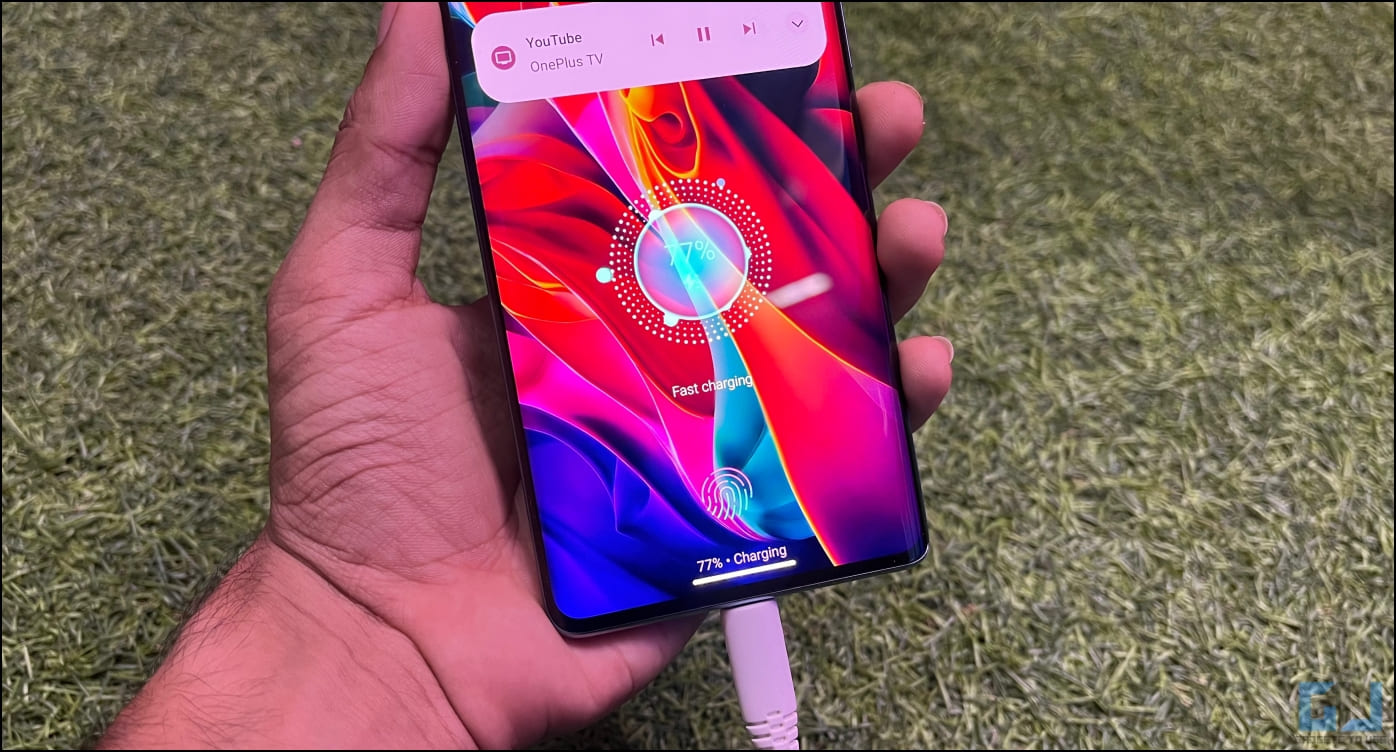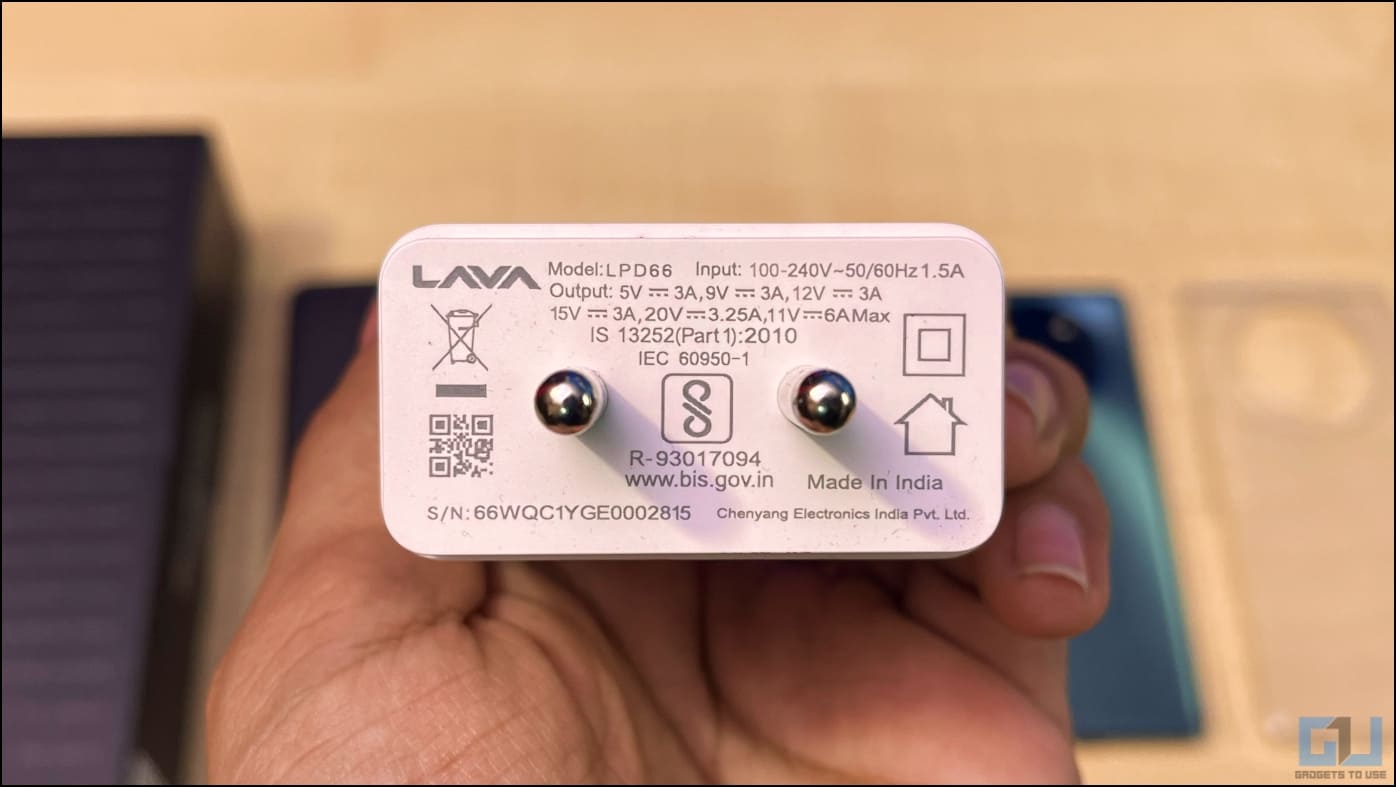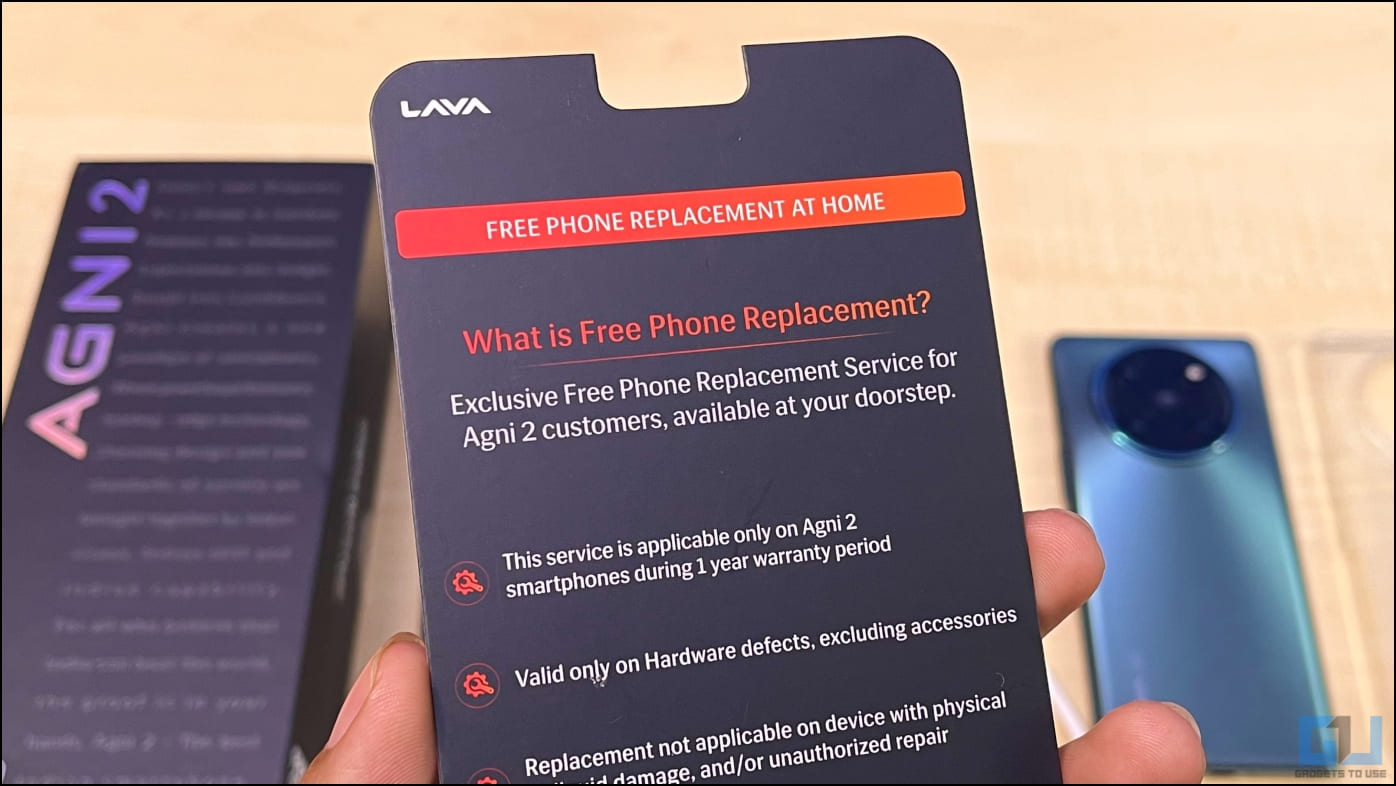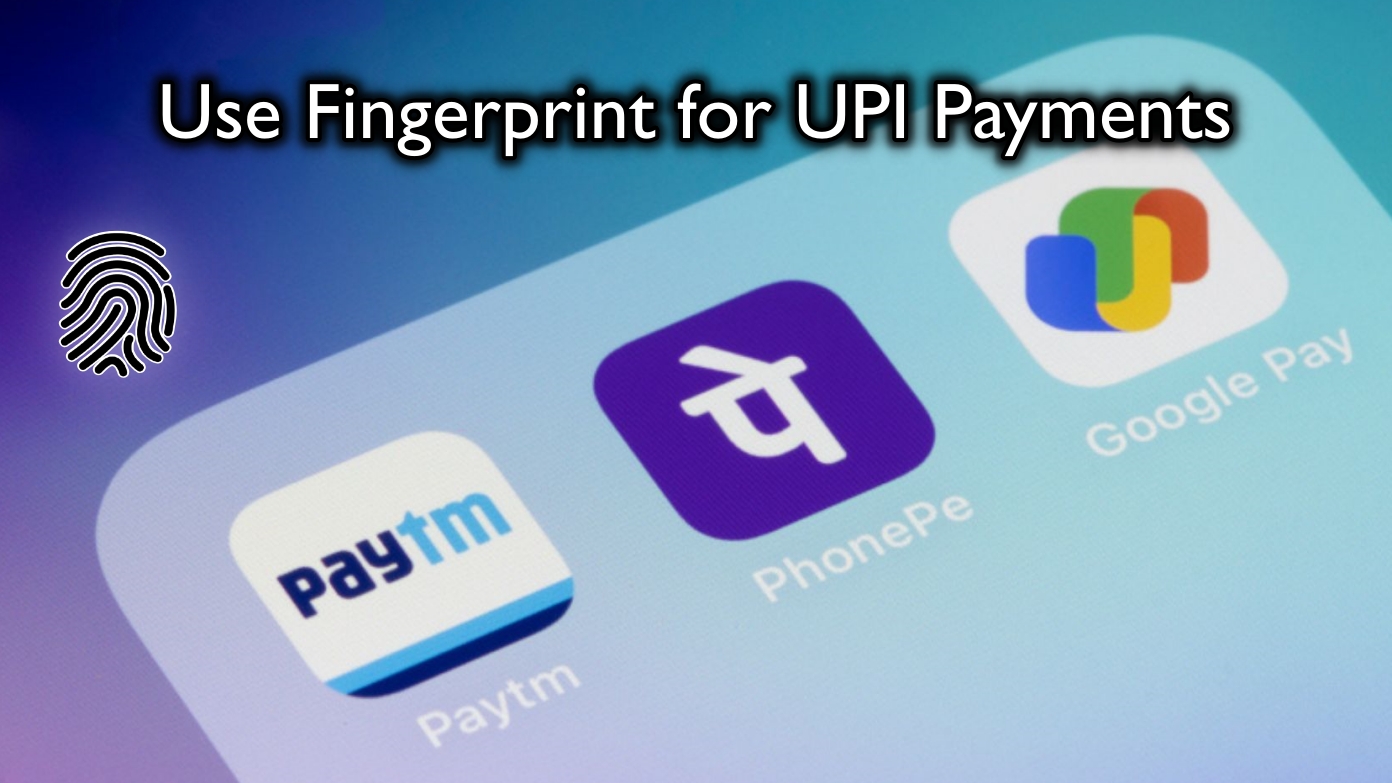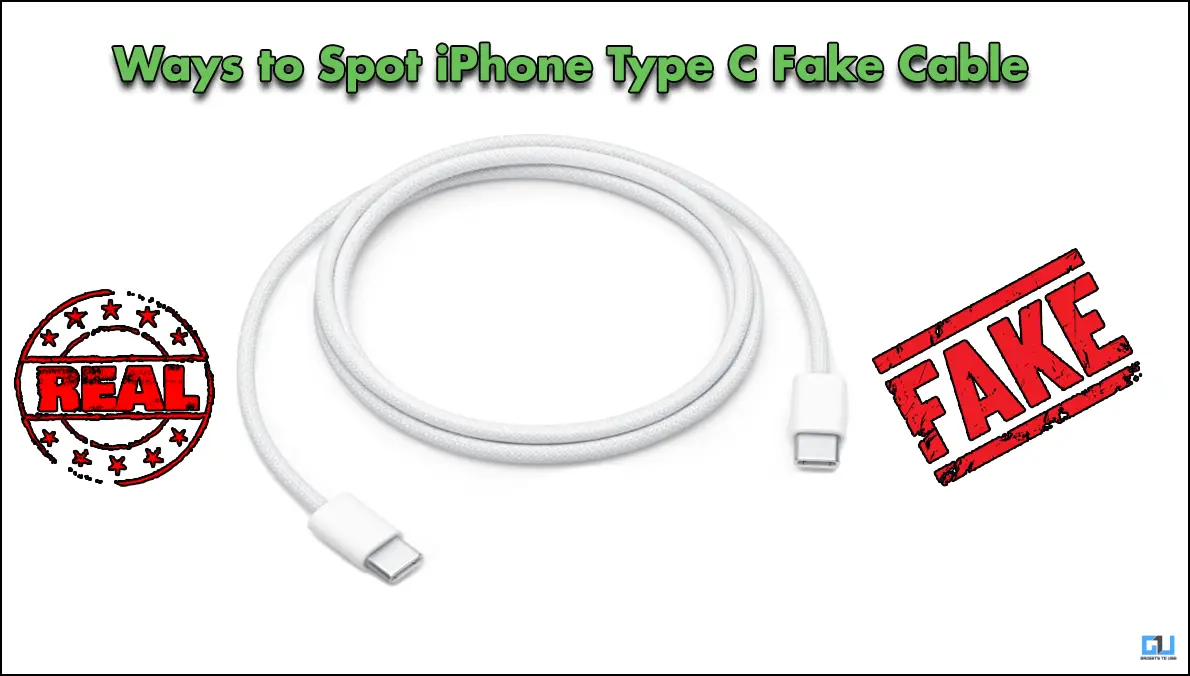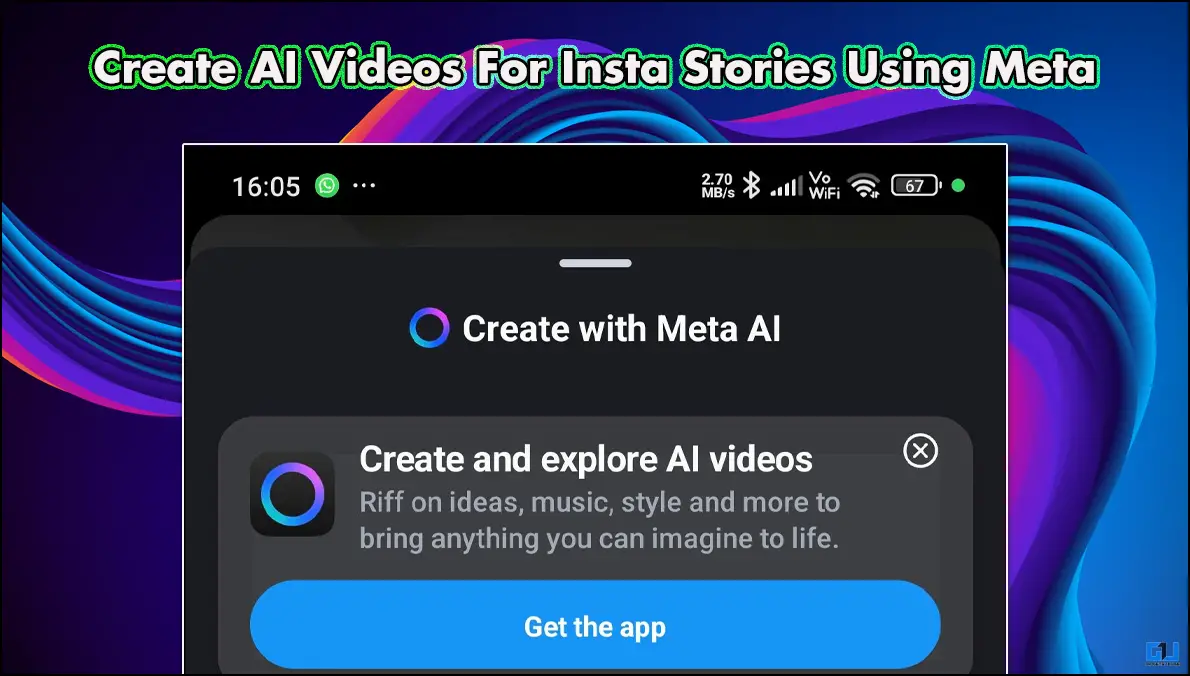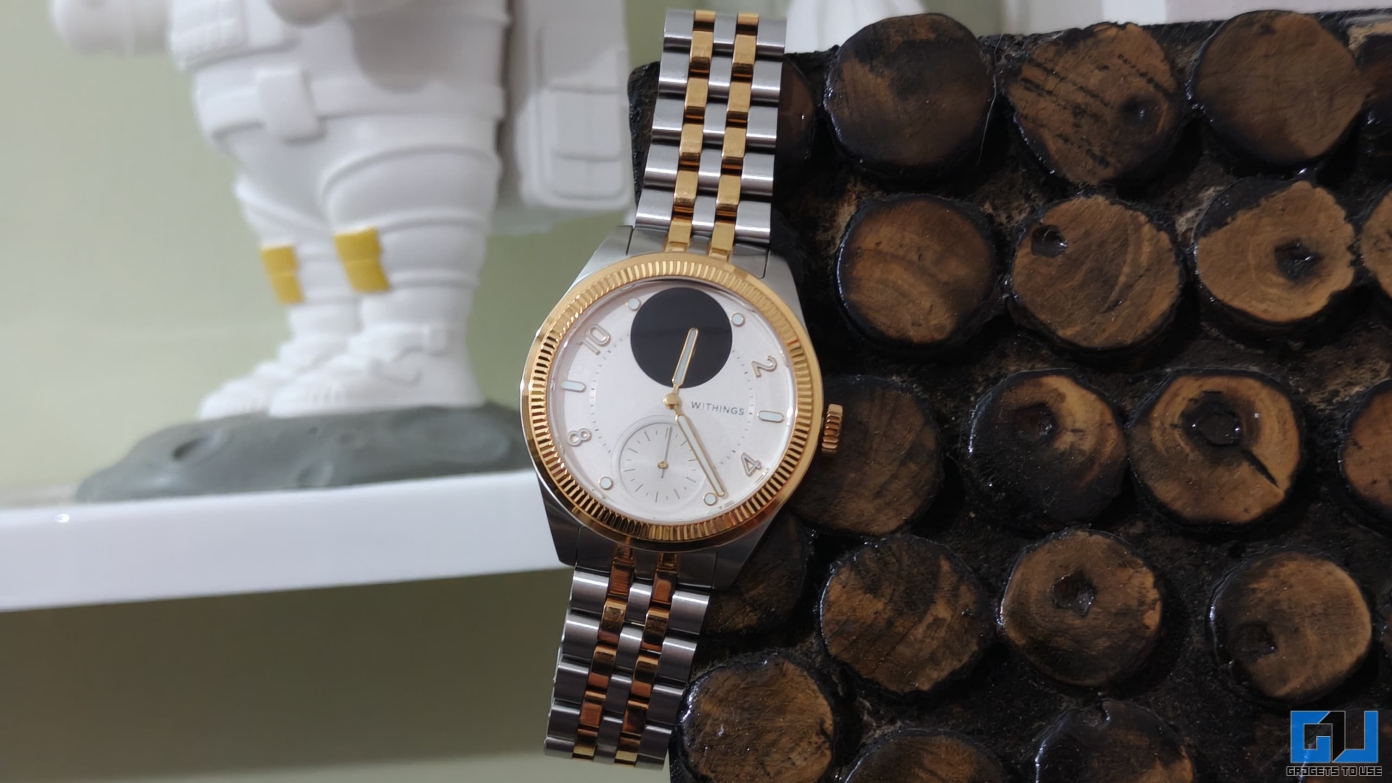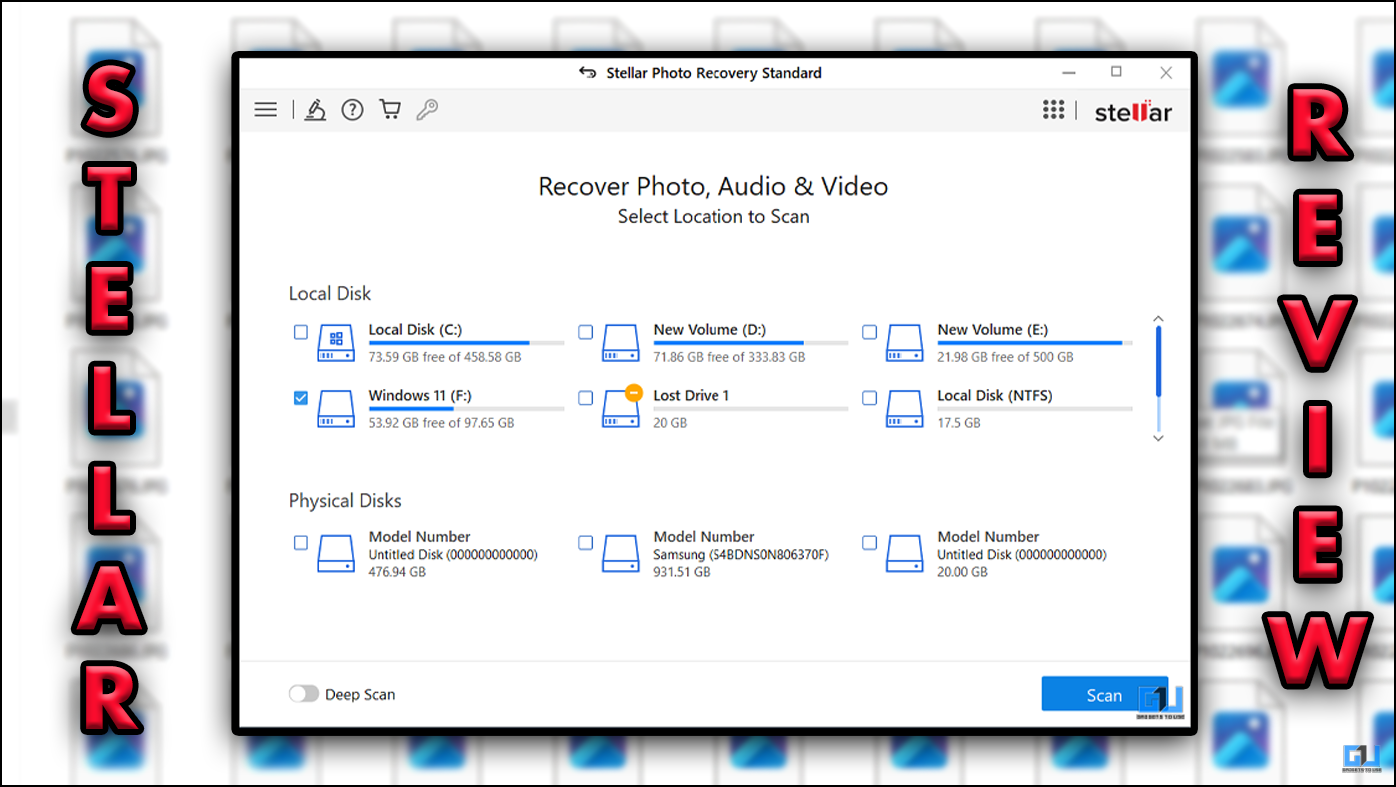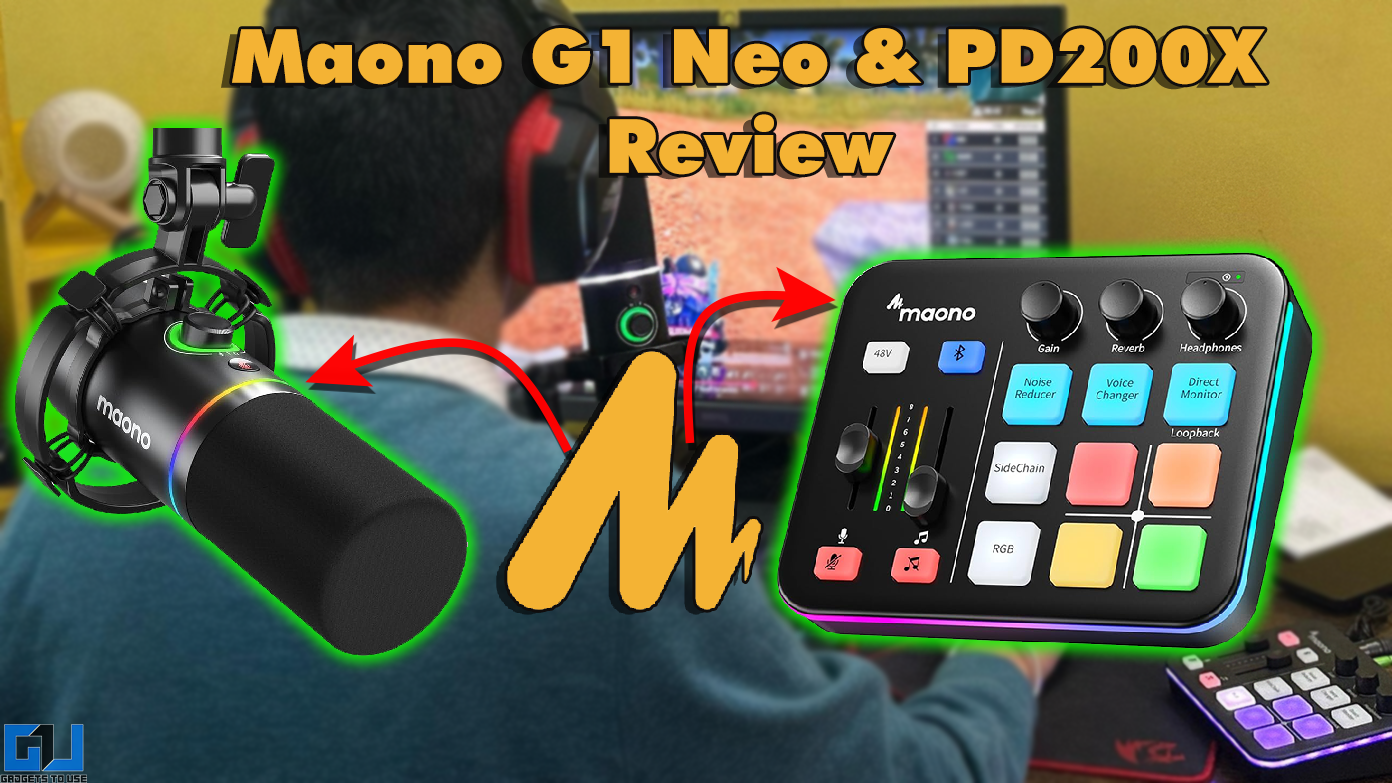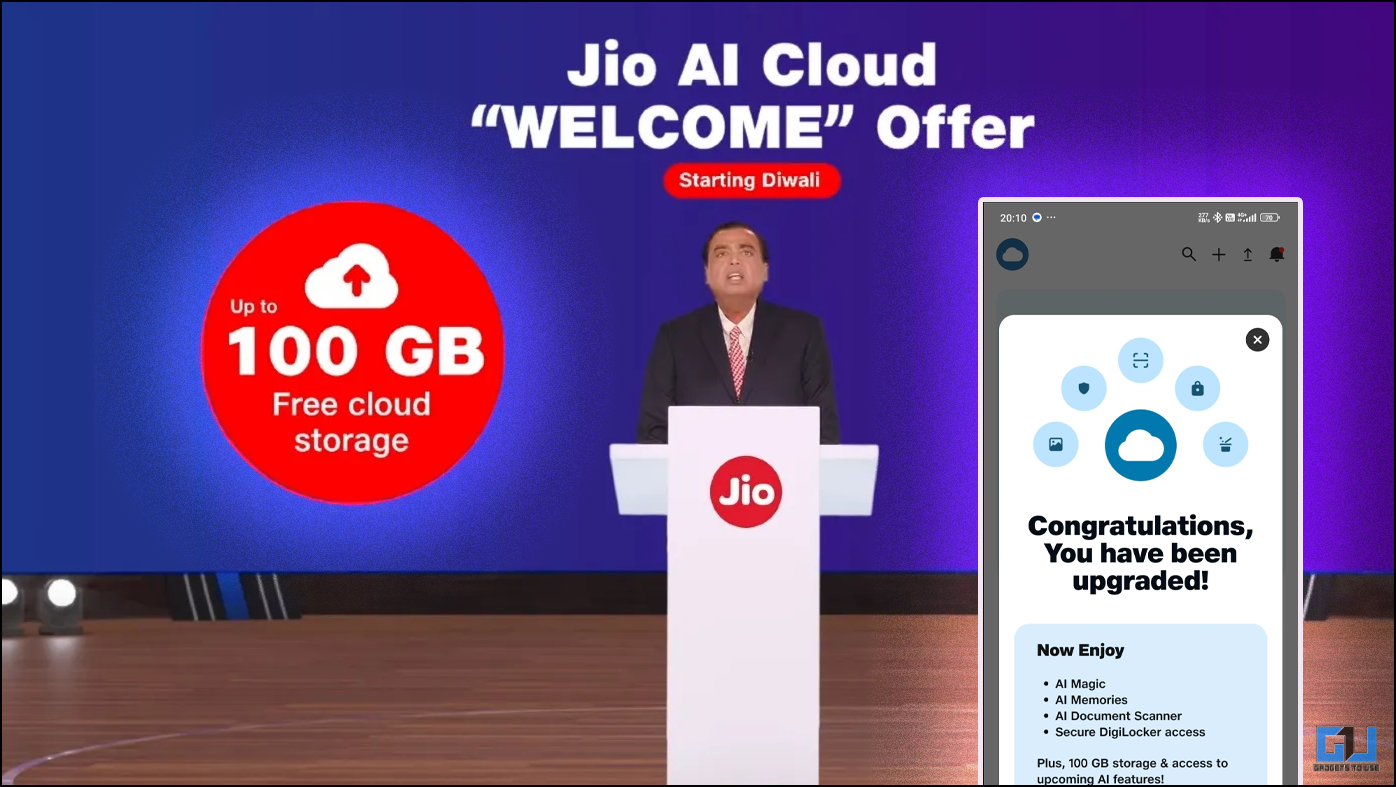Quick Answer
- Having used it as my primary phone for the last two weeks and ongoing, here’s the full review of Lava Agni 2, including its pros, cons, and my opinion on whether you should give this “not-so-mainstream” brand a chance with your money.
- The phone doesn’t look like a typical Lava by any means, and the brand has done a great job on the design.
- The phone has a striking resemblance to the OnePlus 11R (review), which has a polycarbonate frame with a similar profile and in-hand feel.
There was a time when mid-range smartphones were exciting, with Xiaomi and Realme countering each other with segment-first features. But unfortunately, things have become mundane since the pandemic, with repetitive launches, jacked-up prices, and more or less similar specifications. The Lava Agni 2 strives to change that for good by offering a curved display, clean software, and good performance at an attractive price. Having used it as my primary phone for the last two weeks and ongoing, here’s the full review of Lava Agni 2, including its pros, cons, and my opinion on whether you should give this “not-so-mainstream” brand a chance with your money. Read on.
Lava Agni 2 5G Full Review
Lava Agni 2
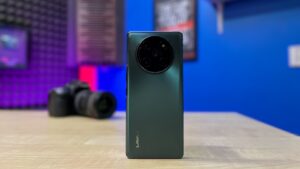
The Lava Agni 2 gives you an upmarket feel with a premium design, solid in-hand feel, and a curved AMOLED panel without compromising battery and charging. The clean Android further adds icing on the cake.
Pros
Premium design
120Hz Curved AMOLED
Clean Android 13
Fast Charging (with charger inside box)
Cons
Software needs polishing
Below-average macro camera
Single Speaker
No NFC
The Lava Agni 2 comes in a single variant with 8GB/256GB RAM and ROM configuration and Viridian color. Initially available at Rs. 19,999 after the bank discount, the Agni 2 is currently being sold at Rs. 21,999 via Amazon. Read through our full review to see if it’s worth spending the money on and if it’s really the best smartphone, around 20,000.
Box Contents
The Lava Agni 2 provides all essentials inside the box, including a fast charger and an audio jack dongle. Here’s everything you get inside the retail packaging:
- Lava Agni 2
- A soft, transparent TPU case
- 66W PD Fast Charger
- A USB Type-C to Type-C Cable
- USB-C to 3.5mm Audio Jack Converter
- Sim Ejector Tool
- Pamphlets and User Manual
Lava Agni 2: Design and Build
The Lava Agni 2 boasts a dual-curve design that looks and feels premium. It comes in a single “Viridian” color option, which looks more like emerald green. While the frame is polycarbonate, the back is made of glass and has a matte finish which works well in hiding smudges and fingerprints.
The phone has a striking resemblance to the OnePlus 11R (review), which has a polycarbonate frame with a similar profile and in-hand feel. The 202-gram weight is distributed evenly and does not cause any discomfort or strain during extended use.
Barring that, the Agni 2’s huge camera module at the back can be very polarising- some may like it, while some may outrightly hate the design. Whatever the case, it does attract quite a few eyeballs.
The front offers a flagship-grade look with a curved screen and a centered punch-hole camera. The bezels are extremely thin on the sides and you get a good screen estate for media consumption. The phone doesn’t look like a typical Lava by any means, and the brand has done a great job on the design.
Coming to the placements, the volume rockers and power buttons are on the right. There’s nothing on the left edge. The bottom houses a dual SIM slot, a primary microphone, a USB Type-C 2.o port, and a single speaker, while the top gets a secondary mic. The phone lacks a 3.5mm audio jack and a microSD card slot.


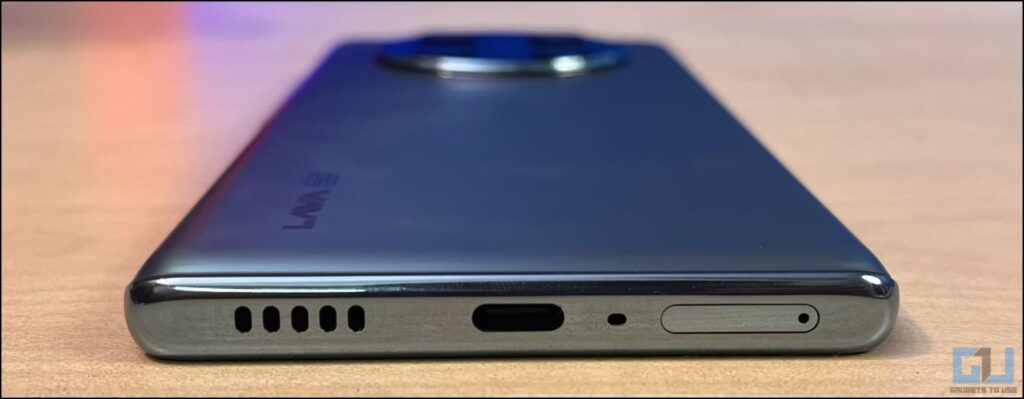
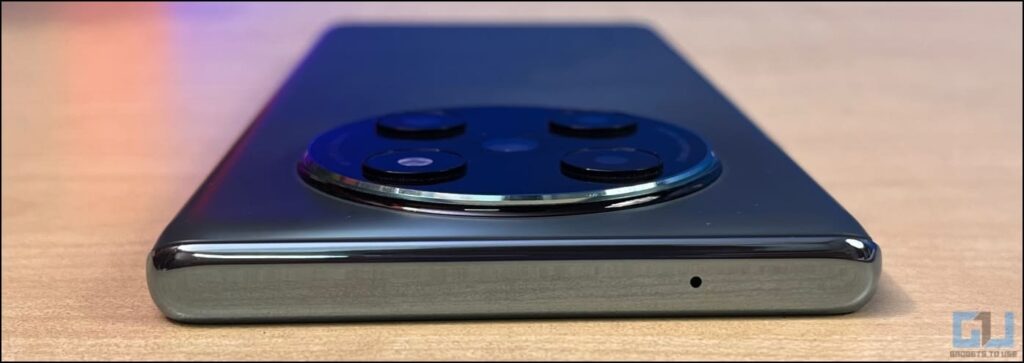
In terms of durability, the front is protected by Schott Xensation glass. The screen didn’t come with a pre-applied screen protector but thankfully, I haven’t noticed any scratches so far. The oleophobic coating is great and keeps everyday smudges away.
The Lava Agni 2 feels premium and sturdy in the hands. And while it comes with a clear case inside the box, this is one phone I was comfortable using naked for the most part. Overall, it is easily one of the best-built phones under Rs. 20,000.
Lava Agni 2: Display
Update (15 June, 2023): Lava has rolled out an OTA fixing the automatic brightness issue alongside the bug with fingerprint scanner brightnening the complete display on lock screen.
Update (25 June, 2023): Another OTA has fixed the sudden increase in display brightness when using fingerprint app lock. It still happens but the brightness jump is lesser than earlier. The update also seems to have fixed the palm or false touch rejection.
The Lava Agni 2 has a 6.78-inch curved AMOLED display with a Full-HD+ (2400 x 1080 pixels) resolution and 120Hz refresh rate. It has an aspect ratio of 20:9 and a pixel density of 388ppi.
The panel has an automatic peak brightness of 950 nits under sunlight and a standard maximum brightness of 500 nits. It further supports 10-bit colors, Widevine L1, HDR, and 105% NTSC/ 109.28% DCI-P3 color gamut.
The Agni 2’s screen is quite legible for everyday use. The text looks sharp and the contents are easily visible even in bright daylight. It is vibrant but may also look oversaturated in a few instances. You can switch between Vivid and Natural profiles but they both look too colorful in my opinion.
You can lock the display at 60Hz, or 120Hz, or set it to Dynamic. The latter actively monitors if you’re touching or scrolling on the screen. In case of inactivity, it switches down to 60Hz but as soon as you touch the display, it’s pumped back to 90 or 120Hz (provided the app supports it). This means the phone is able to save battery without compromising on the overall smoothness.
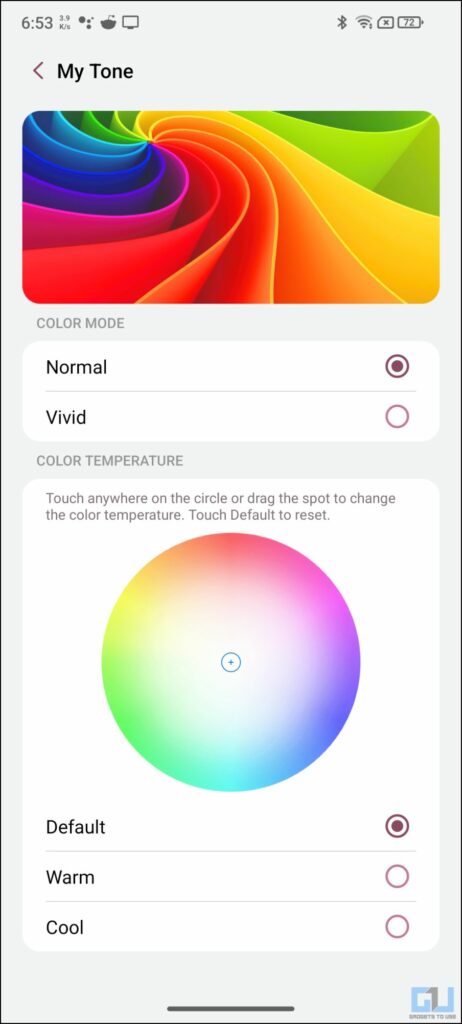
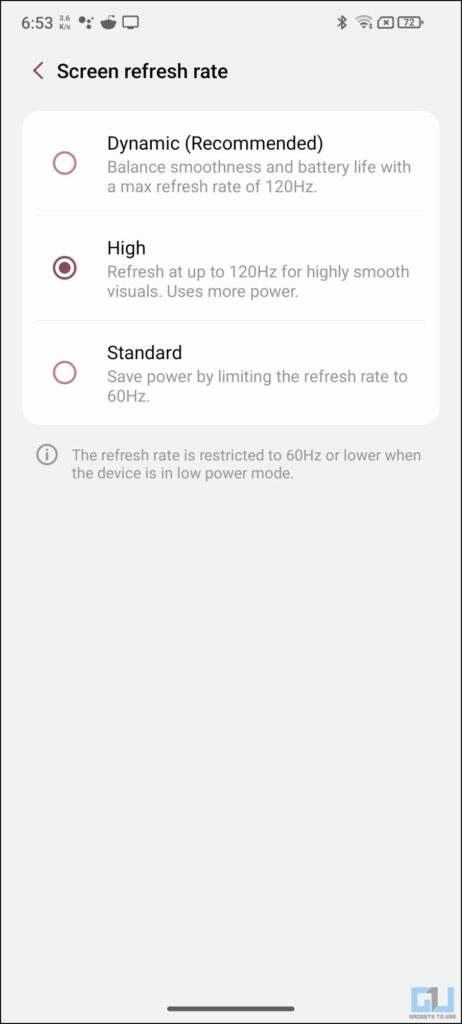
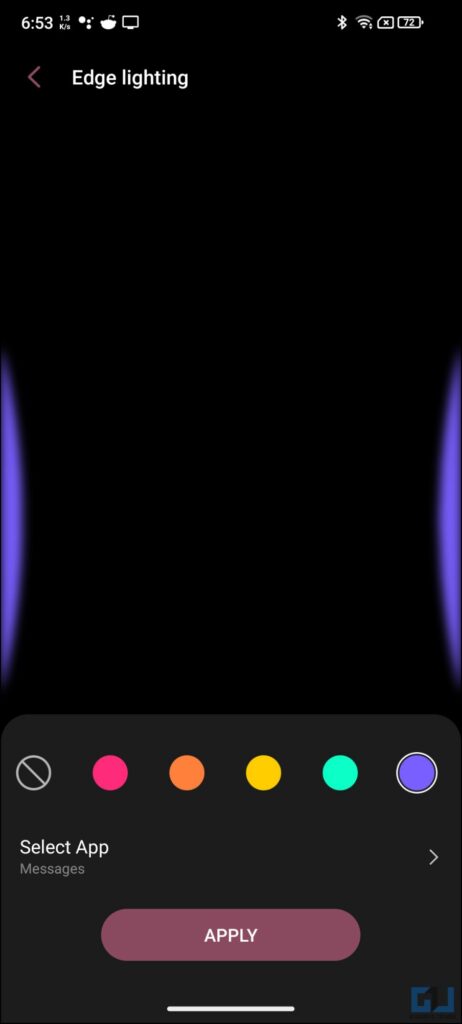
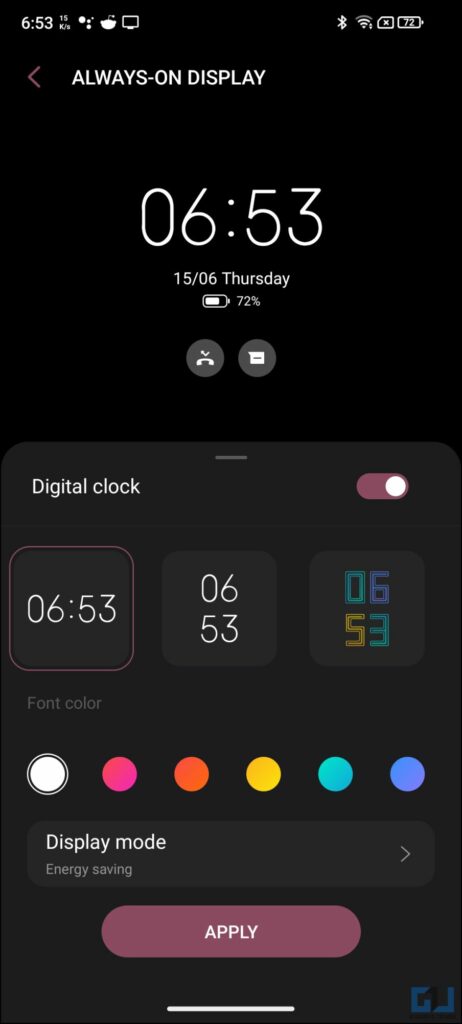
The Lava Agni 2 has an automatic brightness sensor- initially, it didn’t seem to be calibrated well. There were sudden brightness shifts and it lacked consistency- the screen either appeared too dim or too dark at times. I had to disable the auto brightness since it was too hard to live with it. The issue is now fixed with a software update.
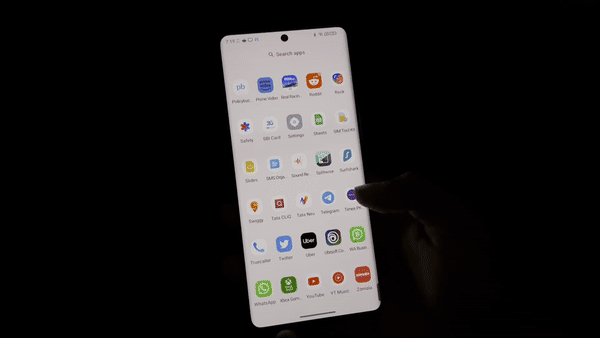
The in-display fingerprint scanner works well and unlocks the phone quickly. However, it brightens up the whole display, which can be annoying when in the dark. Also, this brightening up doesn’t work in “extra dim” mode, and so does the fingerprint scanner. The update has resolved the screen brightening for the fingerprint scanner on the lock screen, but it still stays for the app lock.
I also carefully inspected the display for any anomalies. Some may feel there’s screen bleeding along the edges of the curved display, but it’s mere refraction that is present on almost all curve display phones, albeit slightly more pronounced on the Agni 2. However, I did notice slight color banding issues, especially when watching dark-colored content as discovered by Mr. Techpedia on YouTube.
There were no tinting issues, but I did notice graininess with a green tinge when you push the display to the lower brightness levels with extra dim mode and open a dark or grey background. However, it’s a tiny issue and doesn’t affect your experience unless you forcefully try to imitate the problem in a dark environment.
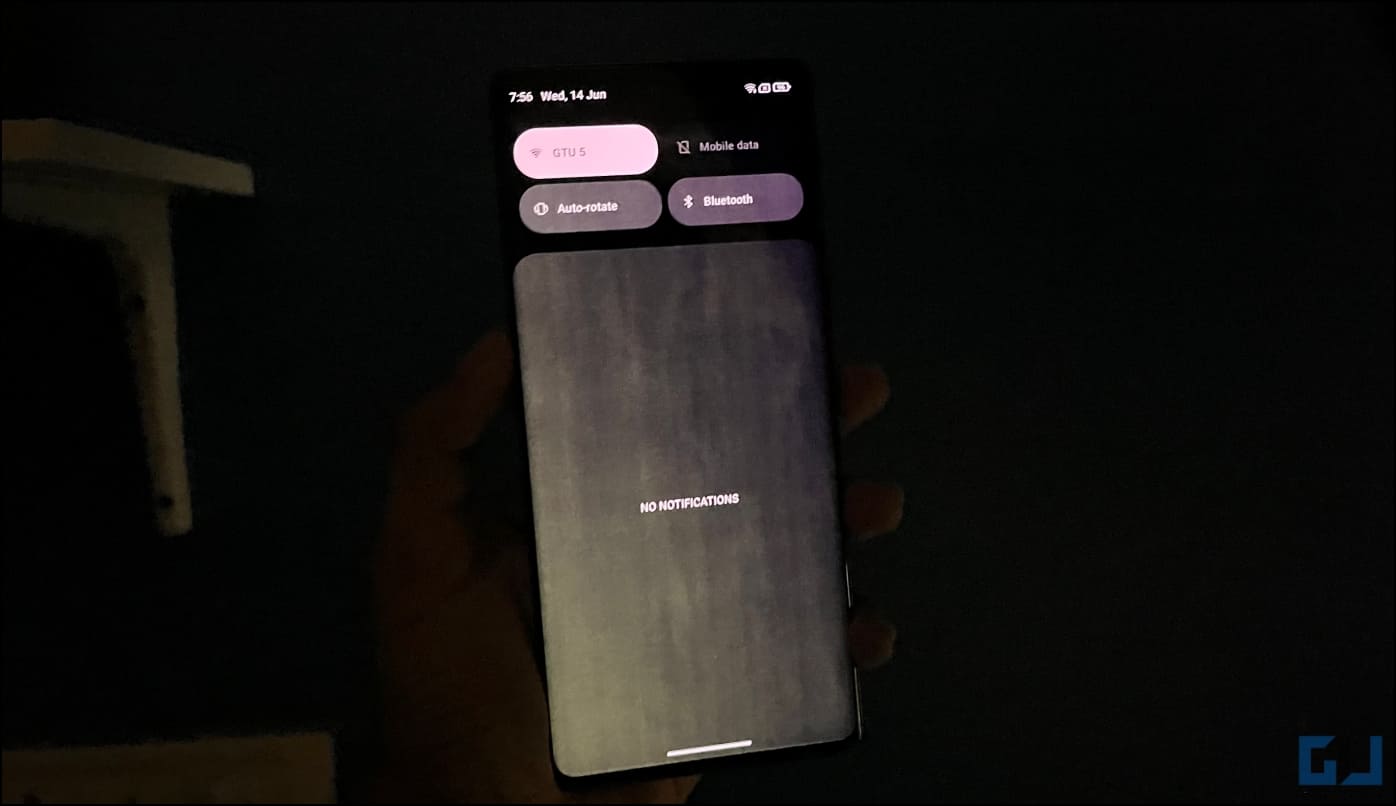
Lava also needs to implement palm rejection properly as the touch does not work properly when your palm is touching the curve areas of the screen. I noticed it when using the camera in landscape mode- the shutter button doesn’t work often, and you end up missing the moment.
Overall, the display is sharp, bright, and looks great. Only minor software issues like the screen brightening with the fingerprint scanner in the app lock and inferior palm rejection are holding back the experience. But I am sure these will be shredded off in the next few updates.
Lava Agni 2: Performance Review
The Lava Agni 2 gets powered by the new MediaTek Demensity 7050 processor which is a rebrand of the MediaTek Dimensity 1080 we’ve seen on Realme 10 Pro Plus, Redmi Note 12 Pro, and Galaxy A54.
It is a 6nm-based octa-core processor paired with 8GB of LPDDR4X RAM and 256GB of UFS 2.2 storage. As evident, the phone comes in a single RAM and ROM combination.
The Agni 2 seems properly optimized and delivers good everyday performance without any lag or stutter. Animations are smooth and apps open quickly. The RAM management is fine too and apps stay in the memory for a long time.
The capable processor along with the 120Hz display together deliver a buttery smooth performance without any heating. And despite coming from a flagship phone, I had no issues with the Lava Agni 2.
Gaming and Throttling Test
The Dimensity 7050 is not a gaming processor but still can run all major games with ease. PUBG New State ran at 90fps while Call of Duty Mobile ran well at smooth graphics with max frame rate and high graphics with very high frame rate.
I also played the Genshin Impact, which is the heaviest of the lot, and ran fine at low settings. Increasing the graphics or frame rate resulted in frame drops and choppy experience, which is understandable considering the mid-range chipset.
Worth mentioning, there’s a Game Booster mode onboard that gives you accelerated performance, a game sidebar, and screen customization while gaming. It can also optimize overall gameplay by restricting background tasks and blocking unwanted interactions while gaming.
The phone has Vapor Chamber Cooling and only got a little warm during extended gaming sessions. I didn’t notice any overheating except during the phone’s initial setup.
I also conducted a 15-minute thermal throttling test which stays in the green zone, indicating the phone manages heat well and does not throttle easily. You can check the graph above.
AnTuTu, GeekBench, and A1SDBench Benchmark Test
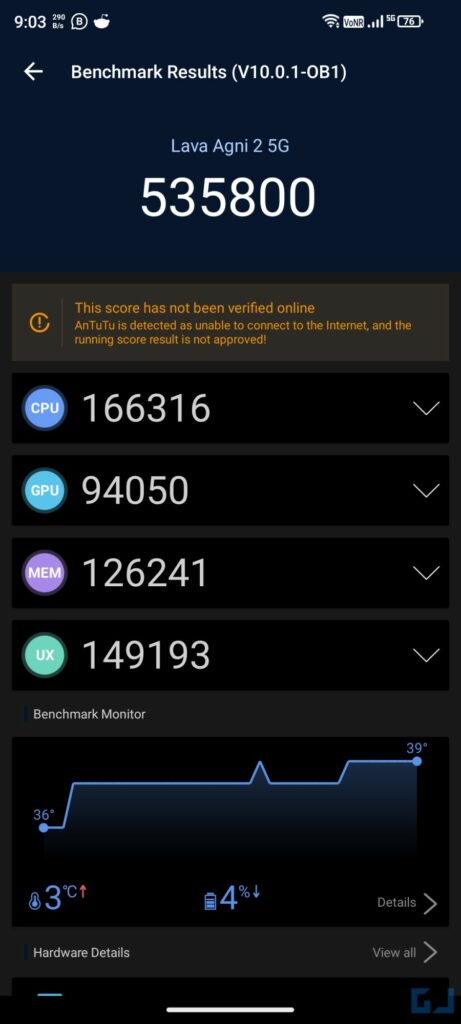

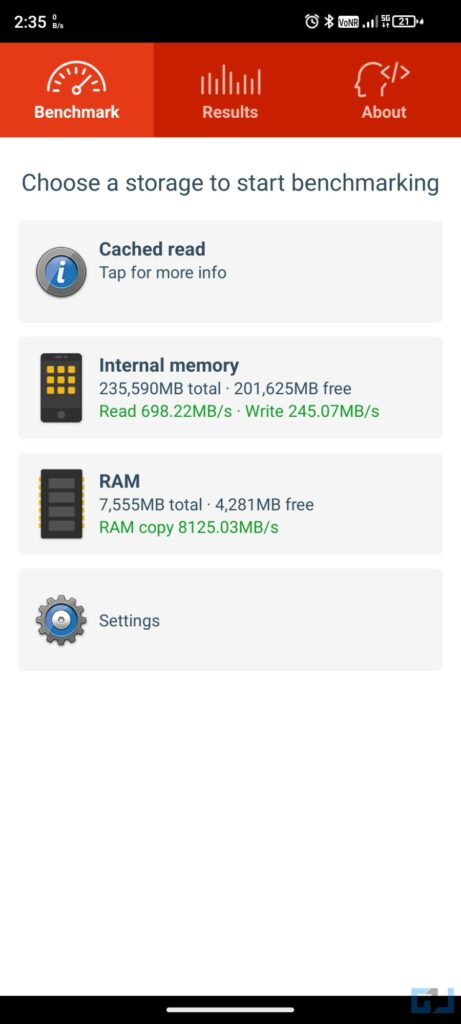
On AnTuTu v9, the Lava Agni 2 scored 5,35,800 points. Whereas, Geekbench 6 gave a single-core score of 994 and a multi-core score of 2351 points. In storage tests, we got sequential read and write speeds of 698MB/s and 245MB/s respectively. Whereas, the RAM test yielded 8125MB/s as shown in the test above.
Lava Agni 2: Software and Updates
The Lava Agni 2 comes with clean Android 13 (no ads + no bloatware) which is very respectful considering most phones in the segment are bloated with third-party apps and adverts. The phone offers a stock-like experience, except for the Settings app which adds packs some extra features we’ll discuss below.
Lava is using its own home screen launcher called “Quickstep” which is a letdown in my opinion. While it lets you customize the app icon and name, you cannot change the grid size, icon shape, or even the icon size. For the same reason, I had to use a third-party launcher as my default.
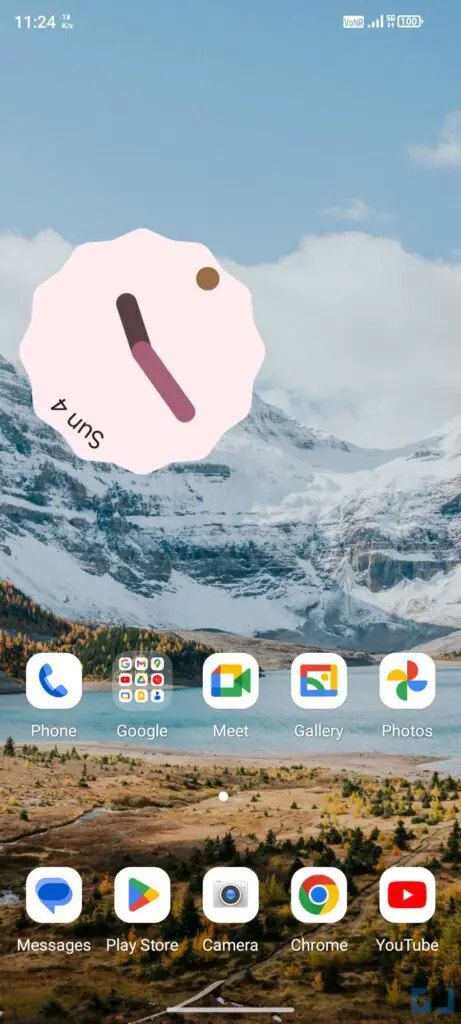

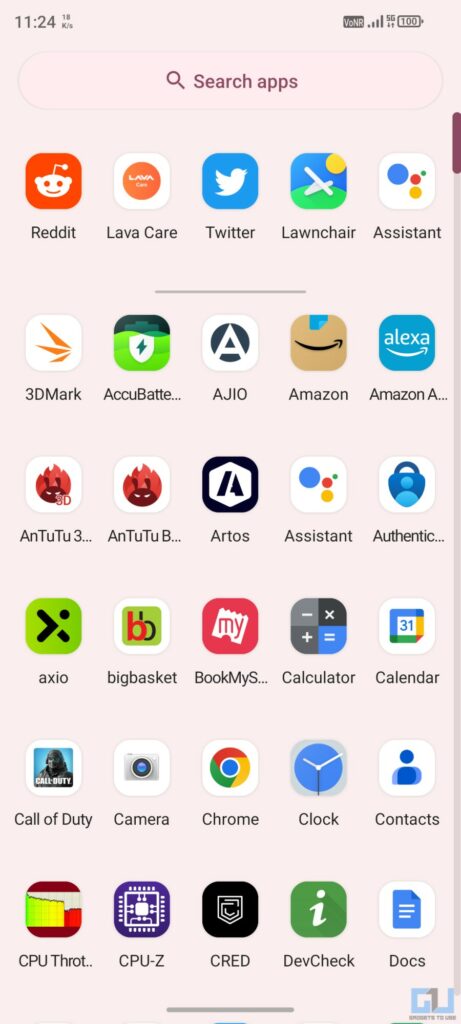
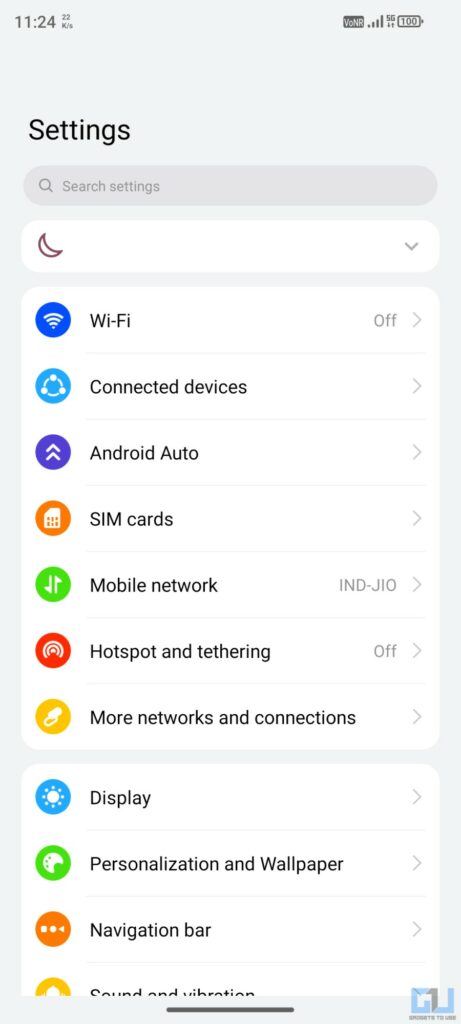
Coming to the extras, the Agni 2 comes with all the essential features one would want. You can customize the always-on display screen and use edge lighting for notifications. You can also choose between different lock screens, fingerprint animations, and charging animation styles.
Other features include App Lock, WhatsApp app clone, and Smart touch, followed by DuraSpeed which boosts foreground apps by restricting background items (I disabled it within the first few days). The latest update adds an additional dialer to record calls without warning which can be handy at times.
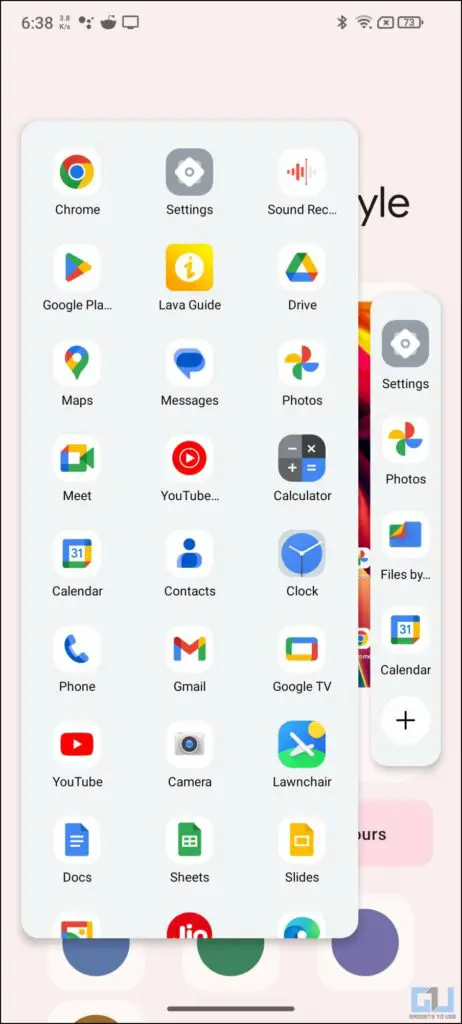
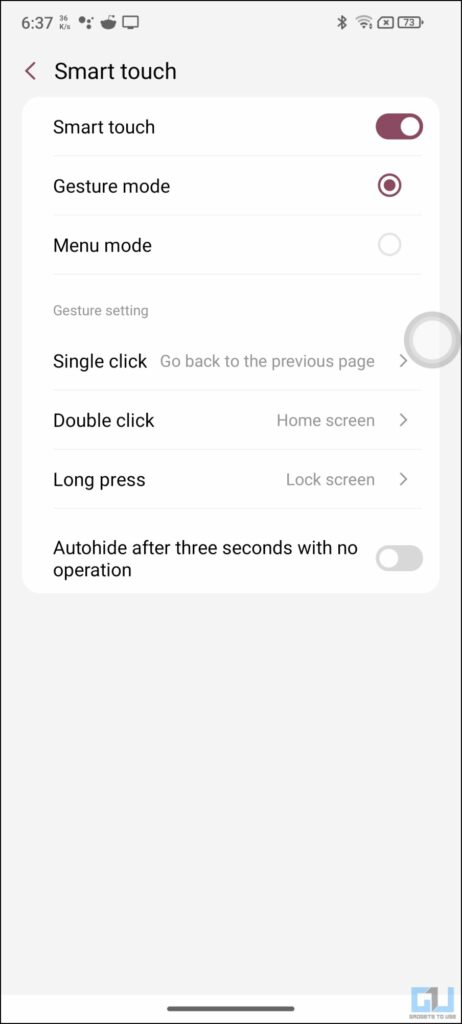
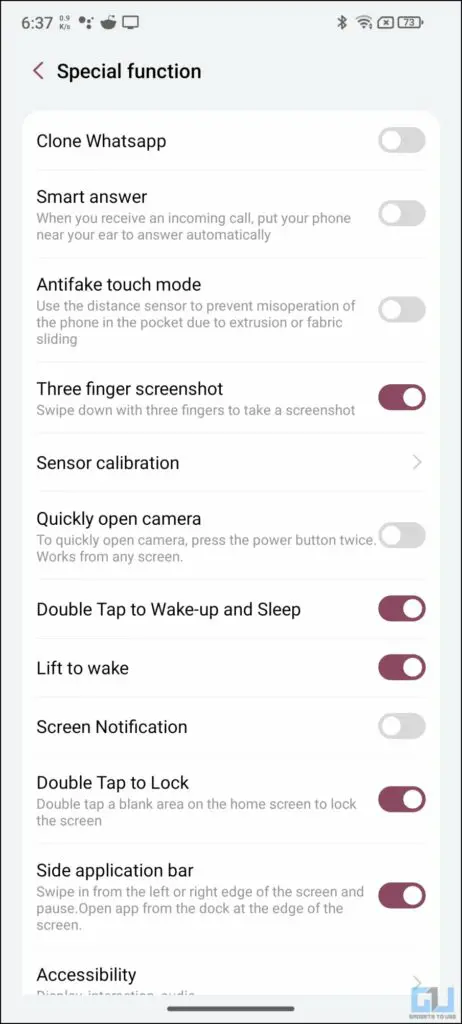

There’s also a unique Background Stream feature in the quick settings tile that lets you play YouTube videos in the background without premium. And since it’s a curved panel, Lava has added a side application bar that you can toggle from any screen to quickly access your favorite apps.
The phone, at the time of writing, is running Android 13 with May 2023 security patch. Lava has promised to give Android 14 and Android 15 alongside 3 years of security updates for the device. However, it would be interesting to see the timing of these updates.
The software is clean, has no ads, no bloatware apps, and is bound to get enough updates. Regardless, Lava needs to squash out the bugs which we expect to be done in 2-3 months.
Lava Agni 2: Camera Review
Lava Agni 2 has a quad-camera setup at the rear. This includes the primary 50-megapixel shooter with a 1µm pixel size, accompanied by an 8-megapixel ultra-wide, a 2-megapixel macro, and another 2-megapixel depth camera. For selfies, there’s a 16-megapixel camera upfront.
The primary 50-megapixel camera uses pixel binning to click 12.5MP pictures by default. Daylight images are bright and have ample detail. The dynamic range could be better in some instances but I’m super happy with the outputs in good lighting.
I noticed that the subject can be blurry at times and you’ll have to click the picture again. This has probably something to do with the focusing algorithm and needs to be fixed via an OTA.
As the night hits, the camera starts to struggle and you can see grains creeping into the picture for obvious reasons. There is a Night Mode onboard but it doesn’t help much. Yet, the images are passable and can be used.

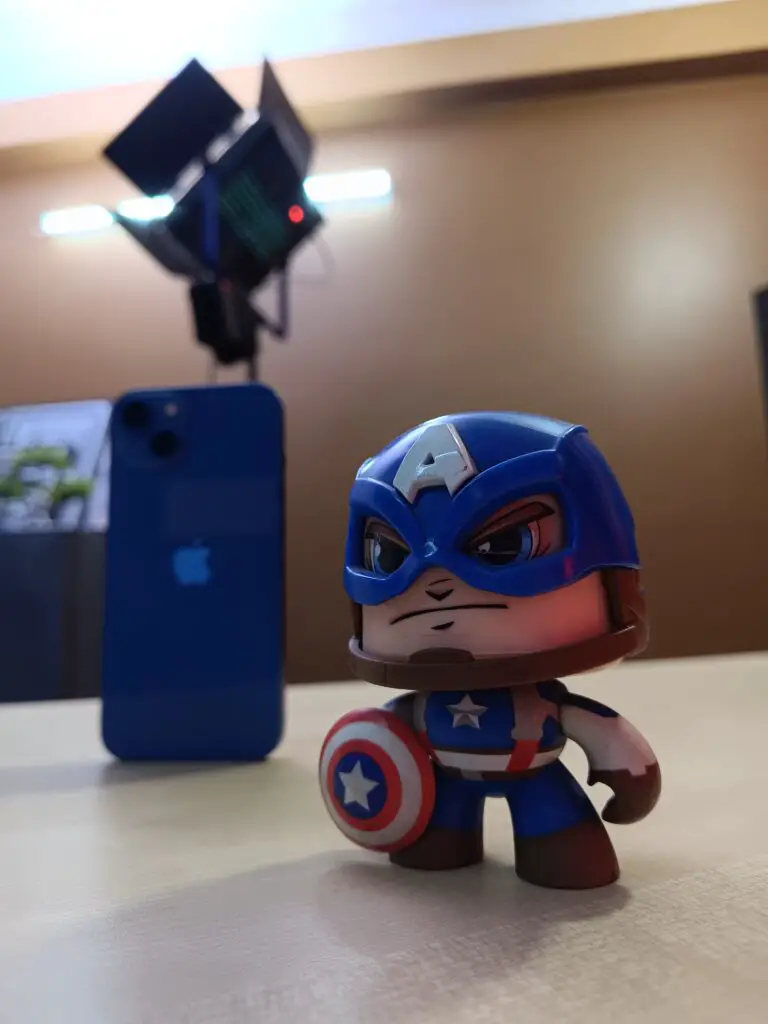
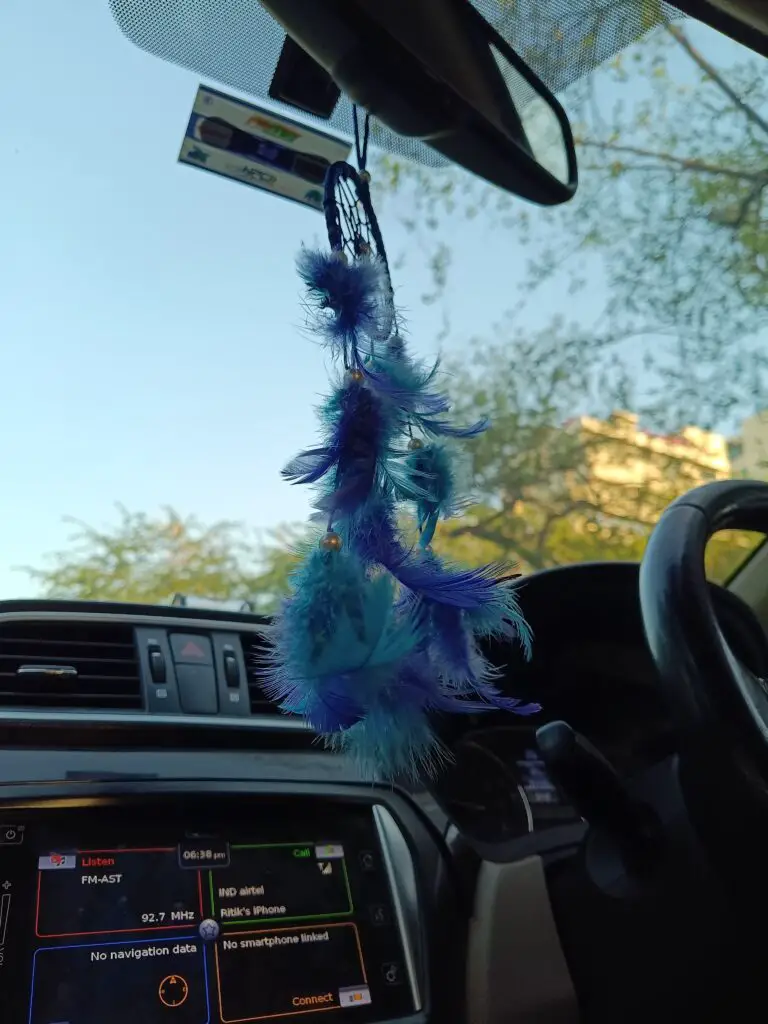

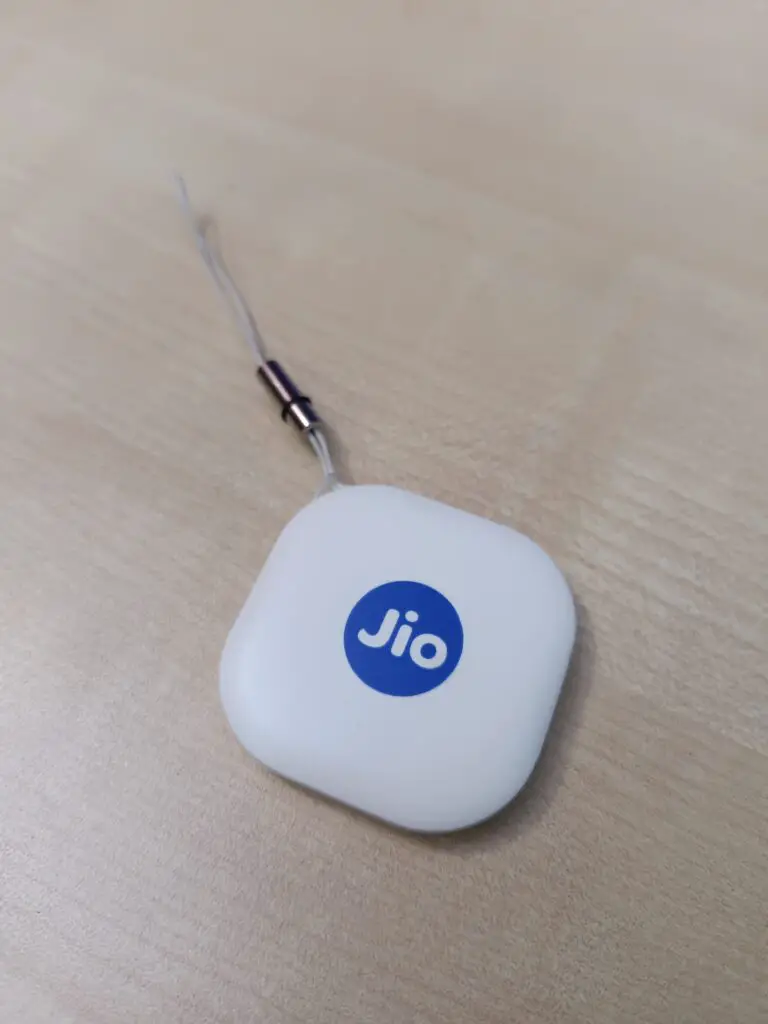


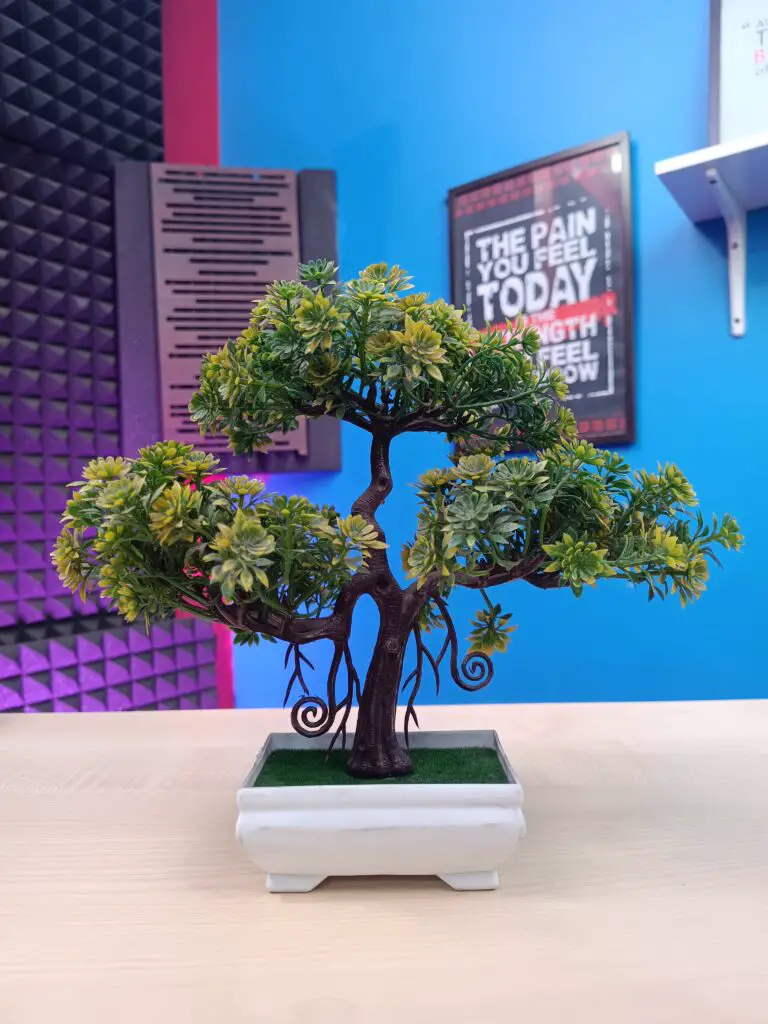
The ultra-wide angle camera is low resolution and hence is strictly meant for shooting outdoors where you can get a decent picture. Moving indoors or in low light deteriorates details and adds noise and grains. The dynamic range is subpar too.
Portraits look great on this phone with accurate edge detection and natural background blur. However, the macro camera is more or less useless with negligible details and muddy colors. Lava has given AI mode in the Camera app but it usually ends up oversaturating the images.



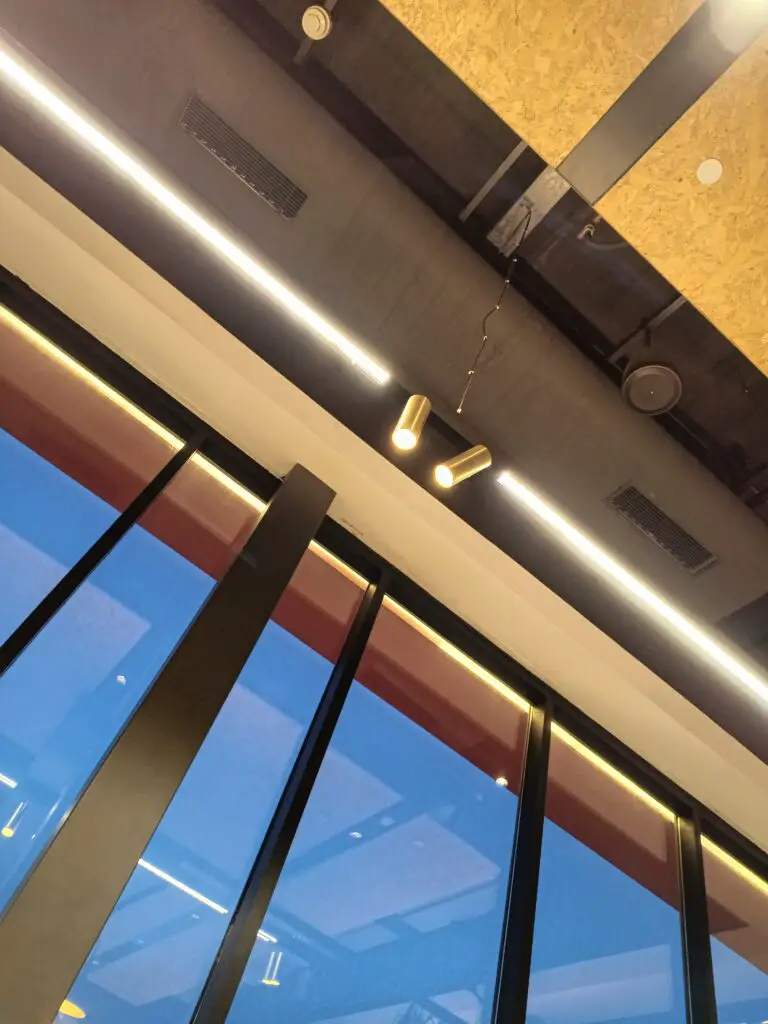
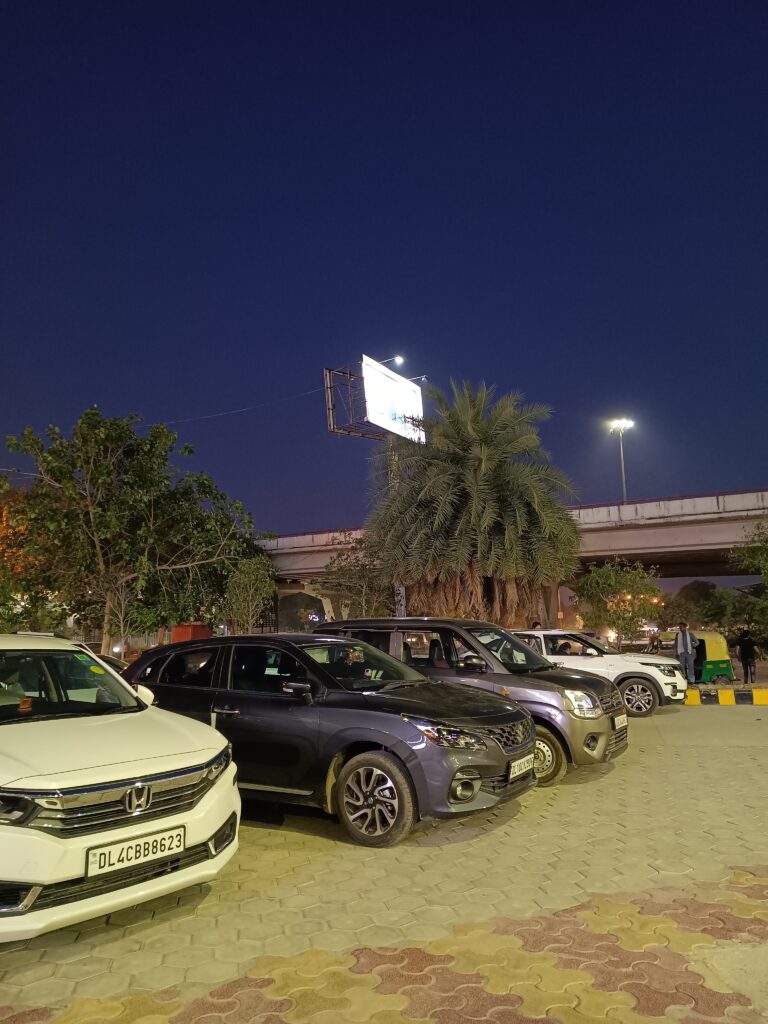
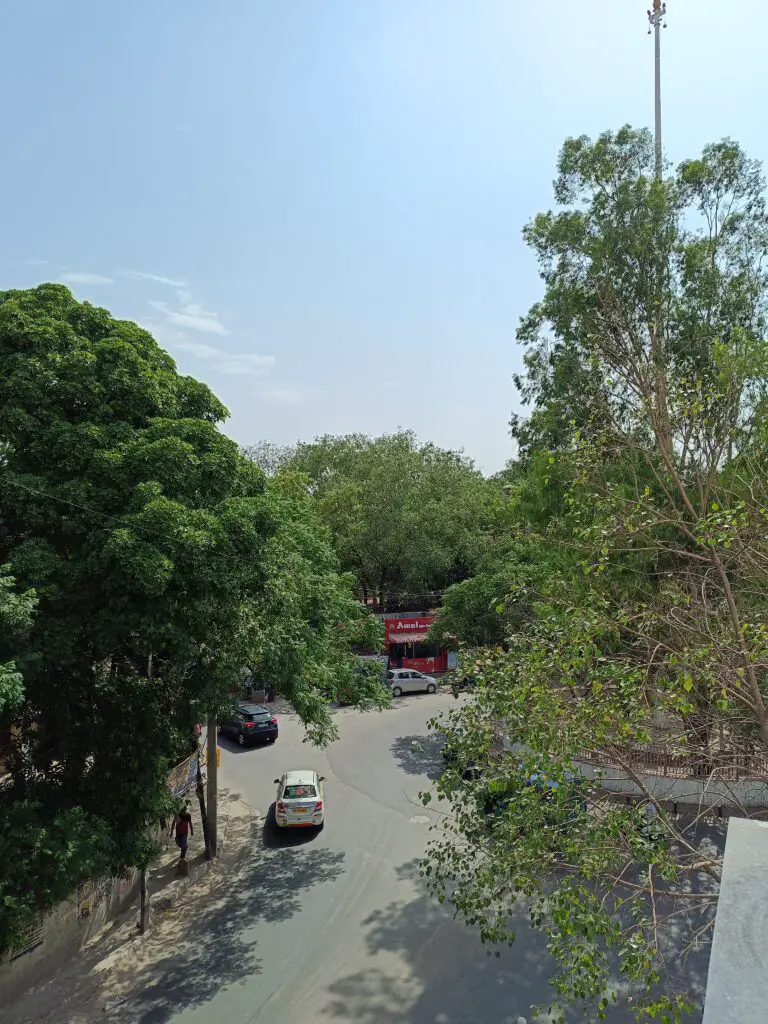
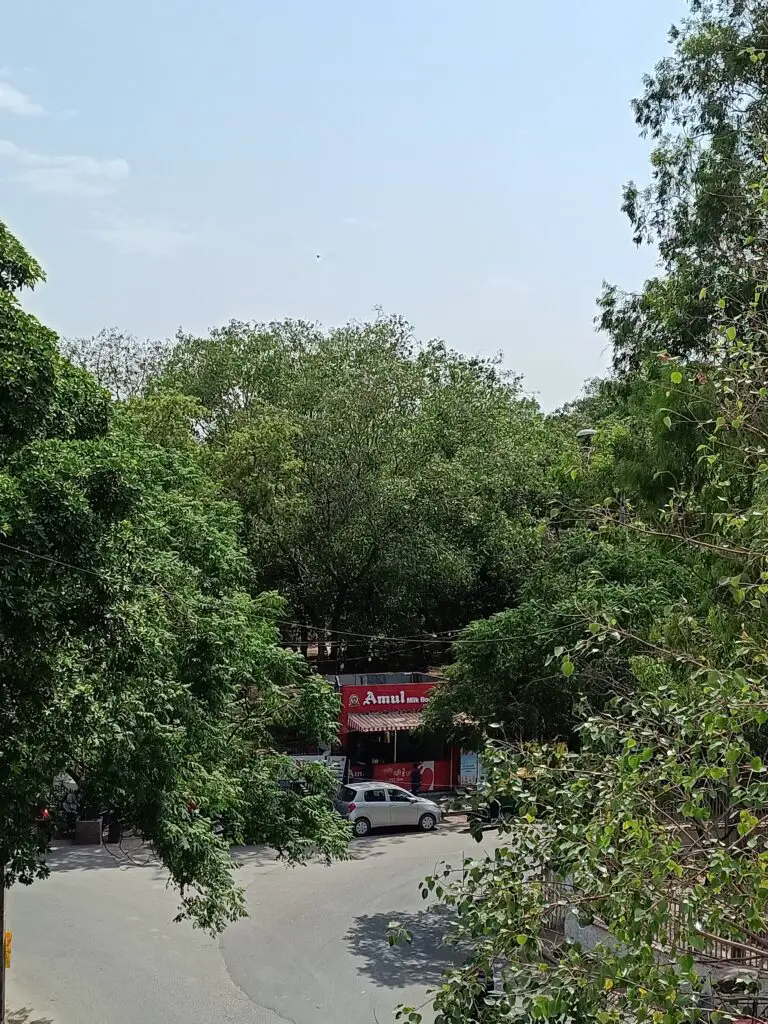


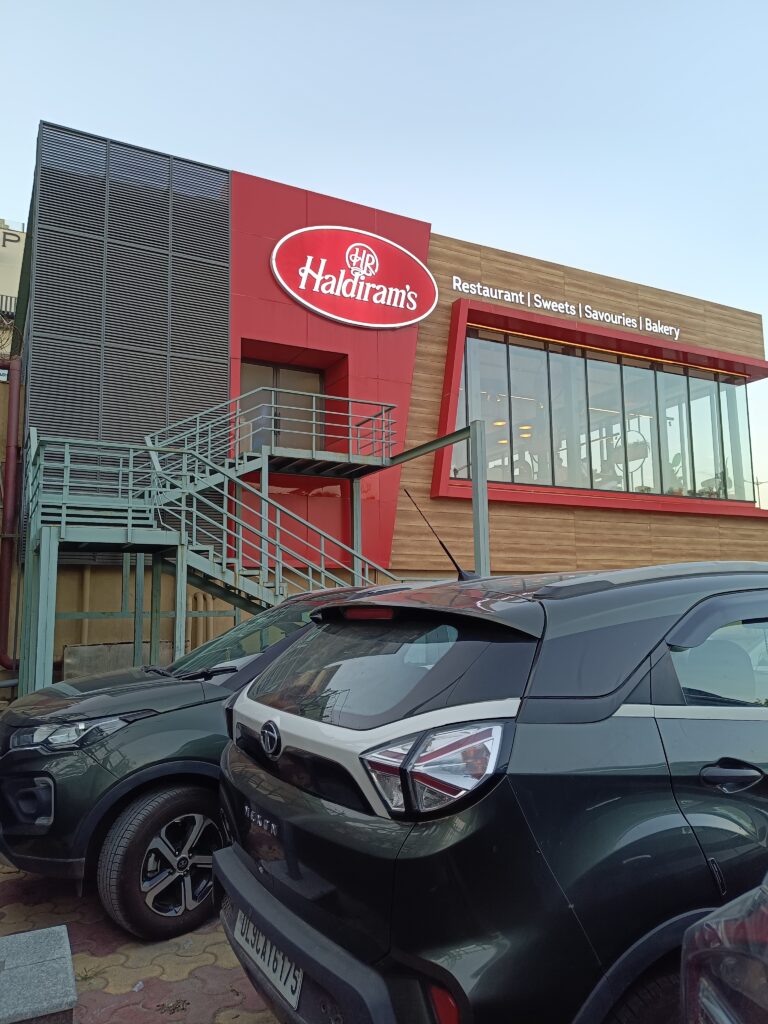

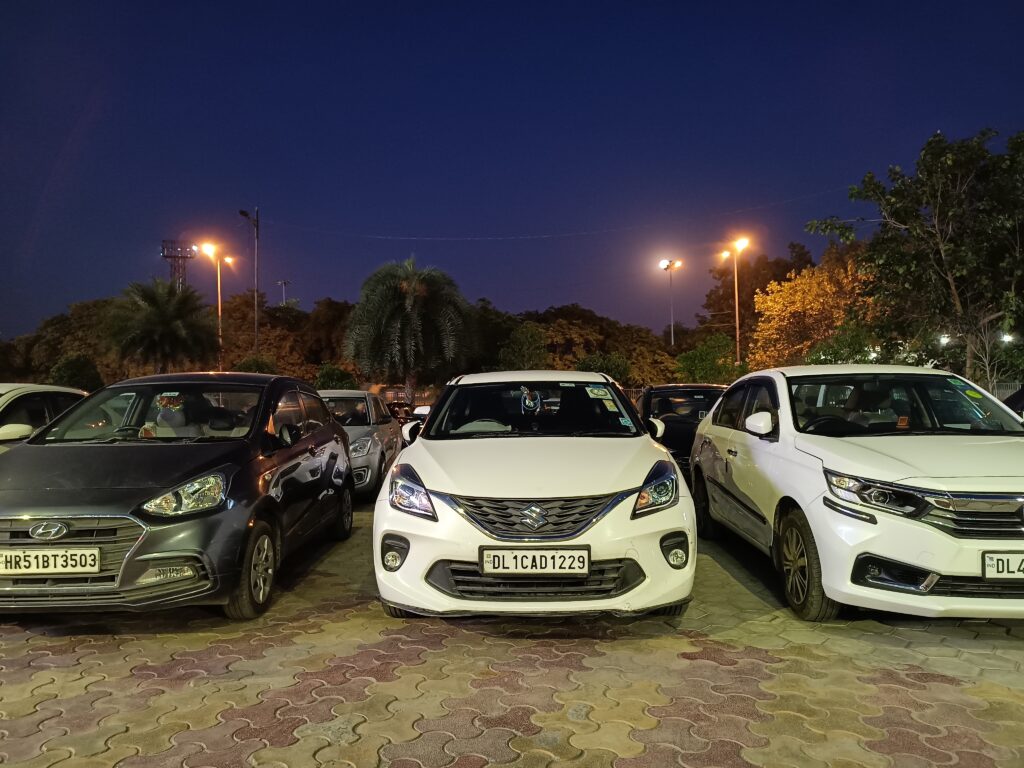
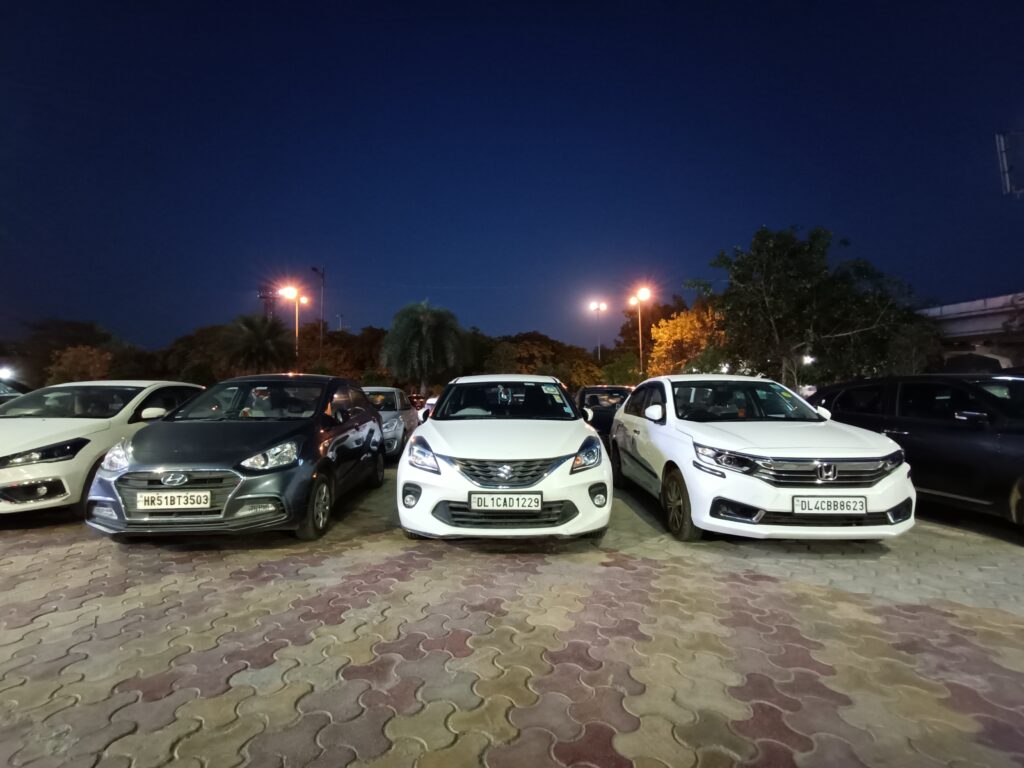
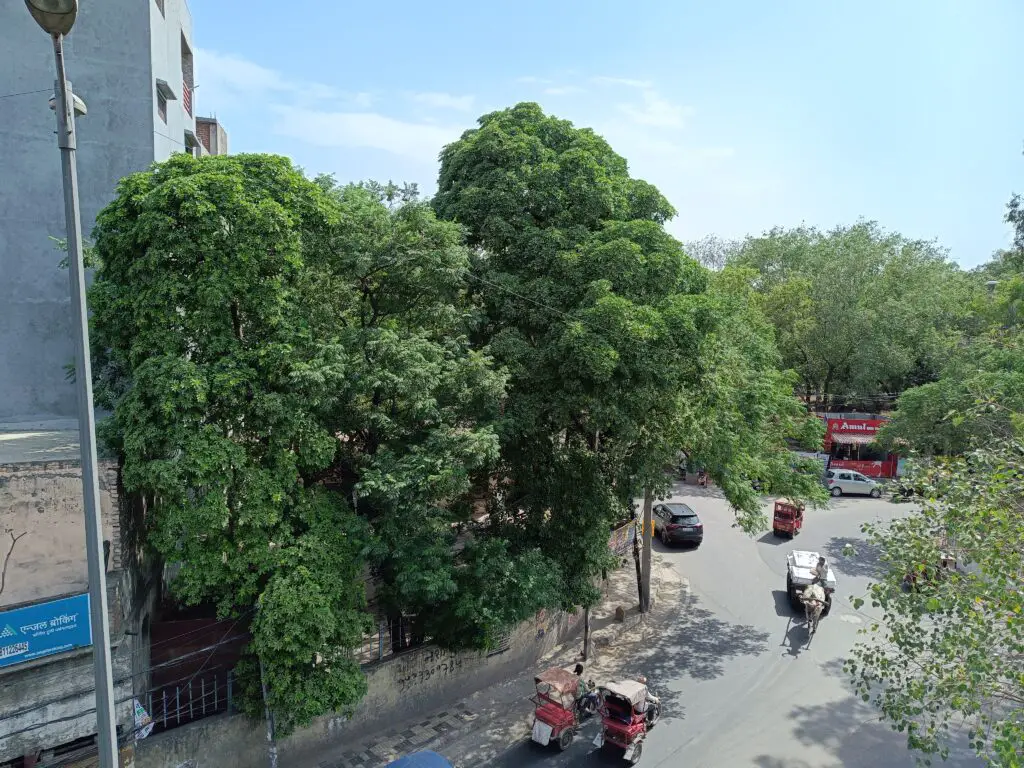

The Selfie camera is good and takes social-media-ready pictures in good light. Even the portrait mode works great with good edge detection. However, the HDR needs work and it often blows out the highlights in backgrounds. Plus, there’s significant noise in low-light selfies.




The phone can record 2-4K videos up to 30fps and FHD videos at 60fps. EIS (or electronic image stabilization) does not work at 4K, and the video is quite shaky when walking. Switching to 2K makes things a little better while recording at 1080p at 60fps, and EIS is what gives the best result.
Anyways, videos are not a prowess of the device, and it shows. Also, it’s worth mentioning that you cannot use the ultra-wide angle to record videos which are quite disappointing. I also feel that the camera UI and switching between zoom levels need more work.
Note: The camera samples above have been compressed to reduce size. You can check full-quality images on Google Drive here.
Lava Agni 2: Speakers, Haptics
The Lava Agni 2 has a bottom-firing single speaker, which is loud enough and sounds decent. However, I would have liked a stereo speaker setup as the audio gets muffled if the bottom is covered. There’s no audio jack, but you can use the given adapter, which gives good output with headphones.
The Widevine L1 support allows you to play HD content on Netflix, Prime Video, Disney Hotstar, and other streaming services. The phone also gets HDR playback, but it only works on YouTube and not on Netflix.
The phone has quite good haptic feedback. The vibration is crisp and doesn’t feel spongy. Plus, you can customize the interactive haptic strength in the settings. However, it makes a small feedback noise while typing, which cannot be turned off, and is annoying during the night unless you disable complete haptics.
Lava Agni 2: Connectivity, Network, and Call Quality
Lava Agni 5 comes with 5G cellular connectivity and has a total of 13 bands, including 1, 3, 5, 7, 8, 20, 28, 38, 40, 41, 66, 77, and 78 SA/NSA. It is accompanied by 4G, VoLTE, VoNR, Wifi Calling, Bluetooth 5.2, and Wifi 6802.11a/b/g/n/ac/ax.
The phone also packs in GPS, Beidou, GLONASS, QZSS, and Galileo for navigation. I did not face any network issues on the device, and both Wifi and mobile data worked well indoors. The call quality was great too, and there are no issues in hearing the other party and vice versa.
Sensors like Accelerometer, Proximity, Gyroscope, Magnetometer, and Ambient Light are present onboard. The phone does not have NFC.
Lava Agni 2: Battery Life and Charging Speed
The Agni 2 equips a 4,700mAh li-polymer battery. On a full charge, the phone lasted us a full day of use with about 4-5 hours of screen time. Usage involved YouTube, social media, and little calling on Wifi for the majority of the time.
Surprisingly, on only 5G, we managed to get about 6 hours of screen time with 17 hours of idle time. Usage involved web browsing, YouTube, and little gaming. All-inclusive, you can easily expect a day’s worth of battery life from this phone.
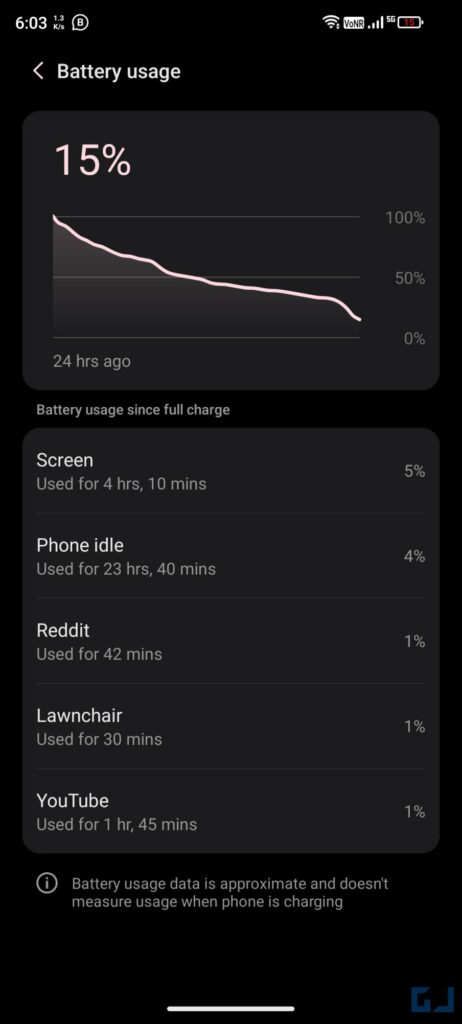
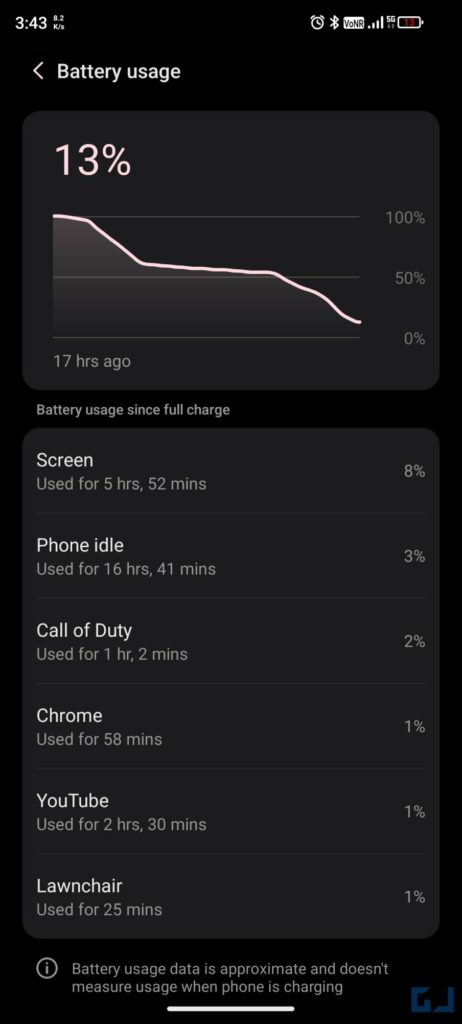
Agni 2 supports 66W PD charging, and the brand ships a made-in-India 66W fast charger inside the box which charges the phone in about 50 minutes. You can also use the charger to charge other phones and devices that support PD charging, including MacBook, iPad, and iPhone.
While I didn’t face any major issues with battery life or charging, there was one instance where PD charging simply didn’t work. Thankfully, it hasn’t happened again, and Lava has fixed the problem with the latest update.
Warranty, Repairs, and Service Center Availability
The Agni 2 comes with 1 year of warranty. And interestingly, Lava is also giving a free 1-year replacement warranty under the Agni Mitra program. If you face any hardware defects with the phone within the first year of purchase, the company will send engineers to your doorstep to check and replace the phone with a brand new unit if eligible.
As for service center availability, Lava currently operates over 700 authorized service centers across India with a presence in almost all states and major cities. You can check the full list on their official website. All in all, there’s no issue with the service center and repair availability for Lava smartphones.
Lava Agni 2: Pros and Cons
Pros
- Premium design
- Curved 120Hz AMOLED display
- Good primary camera and portrait
- Fast charging (charger inside the box)
- Clean Android software
Cons
- Software bugs
- Below-average macro camera
- Single speaker
- No NFC
Lava Agni 2 Review Verdict: Is it Worth Your Money?
For a price of Rs. 21,999, the Lava Agni 2 gives you an upmarket feel in various aspects. You get a premium design, solid in-hand feel, and a curved AMOLED panel without compromising on battery and charging. The clean Android further adds icing on the cake.
However, that doesn’t mean there are no cons. There are bugs affecting everyday usage, the secondary cameras aren’t that great, and the phone has a single speaker. But again, we won’t call out Lava for that considering it’s their first phone in the segment and it’s quite close to perfect.
If you’re looking forward to buying a mid-range smartphone for around Rs. 20,000, the Agni 2 is a great buy provided you can wait for the software bugs to be squashed out. This is one device that I have personally recommended and purchased for my friends. And it’s a no brainer if you are aware of the cons and their impact on your usage.
You might be interested in:
- Poco F5 5G Review: A Sleeper’s Punch to the Pro’s
- OnePlus 11R Review- Value for Money Phone With Its Own Flairs and Flaws!
- POCO X5 5G Review: An All Rounder Under Rs. 20,000?
- Amazon Echo Pop Review: Alexa in Modern Avatar
You can also follow us for instant tech news at Google News or for tips and tricks, smartphones & gadgets reviews, join GadgetsToUse Telegram Group or for the latest review videos subscribe GadgetsToUse YouTube Channel.
